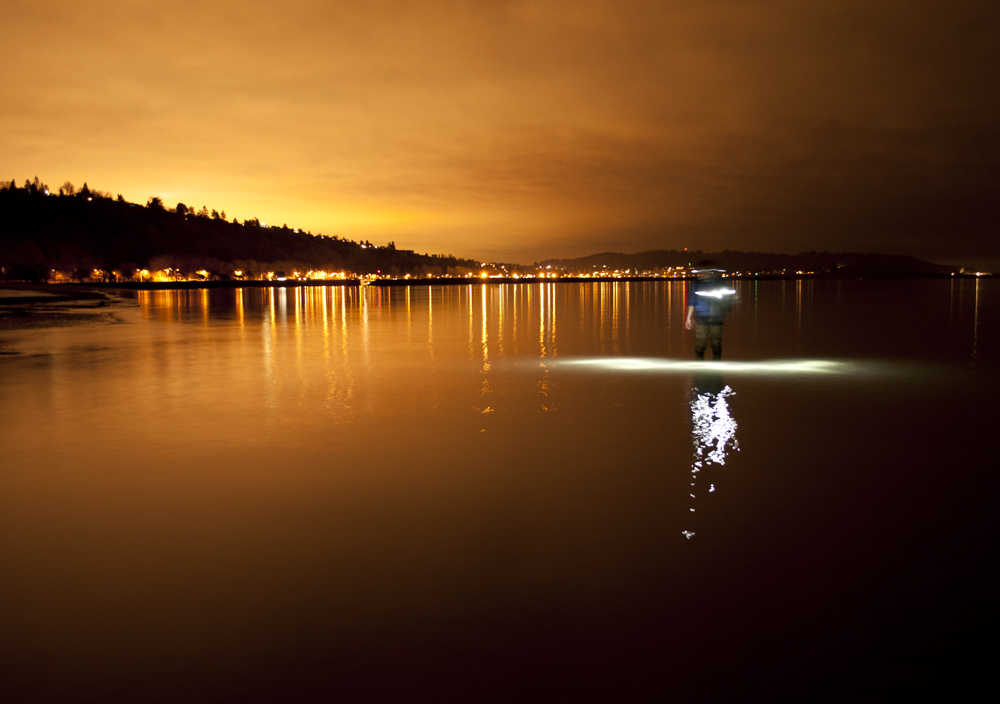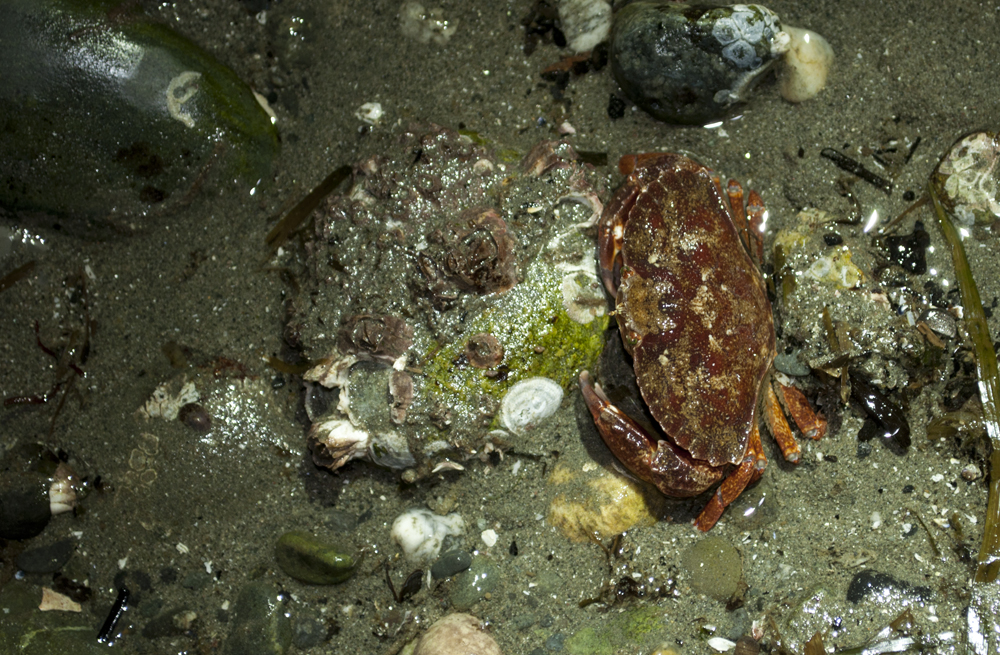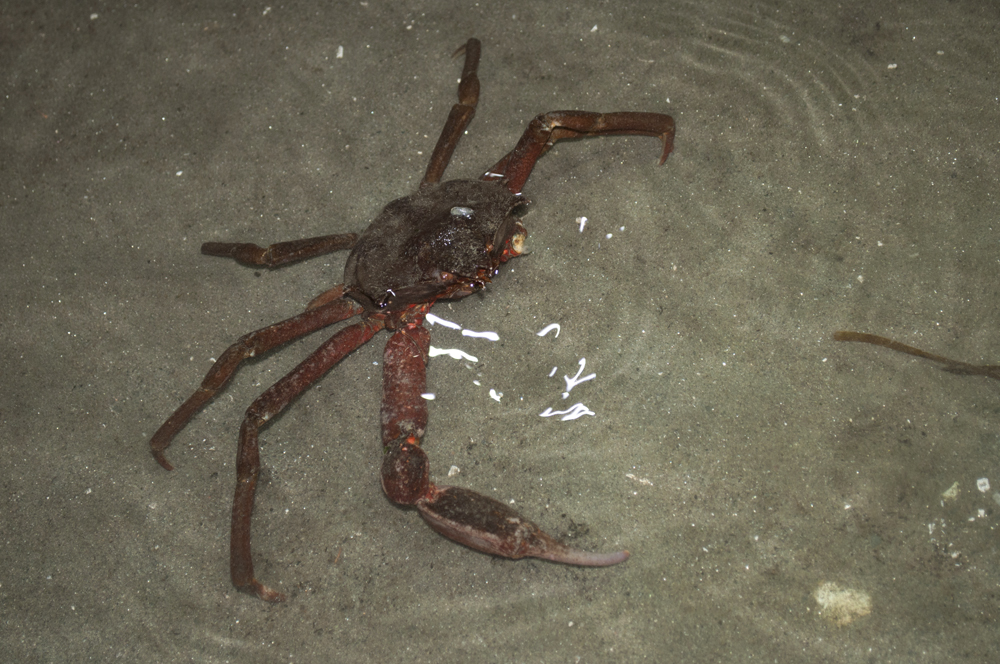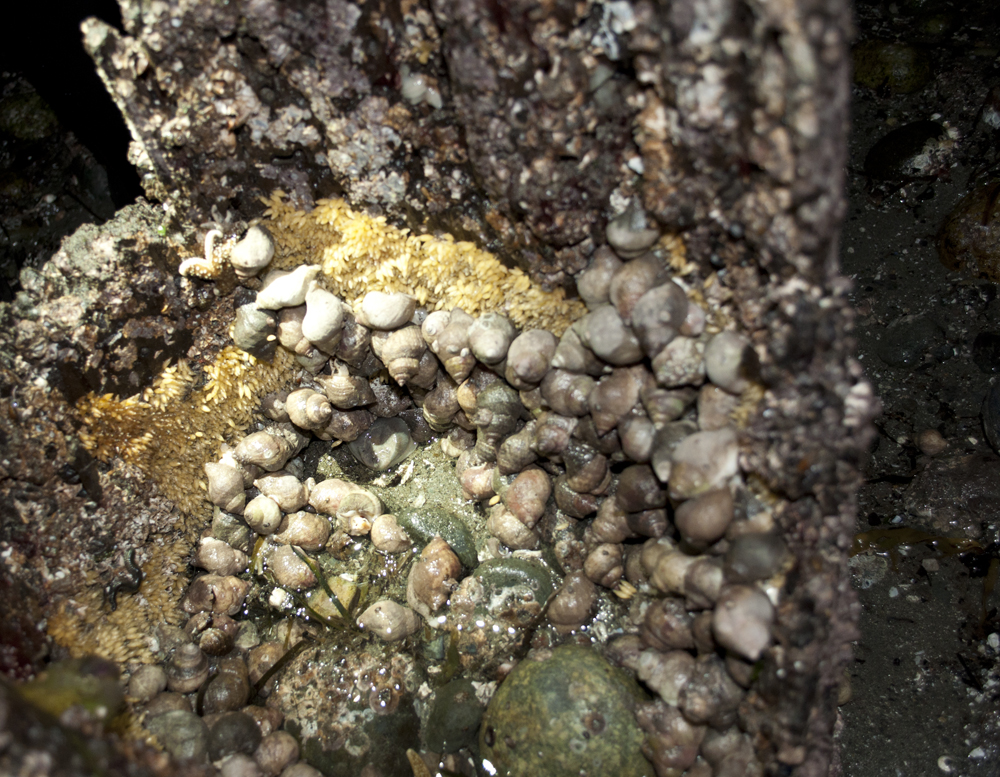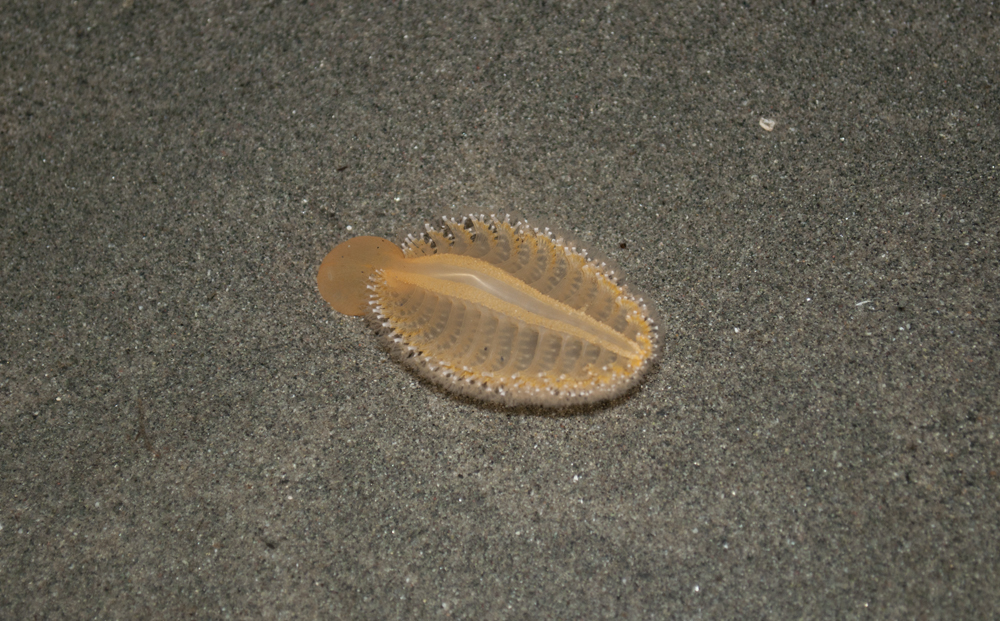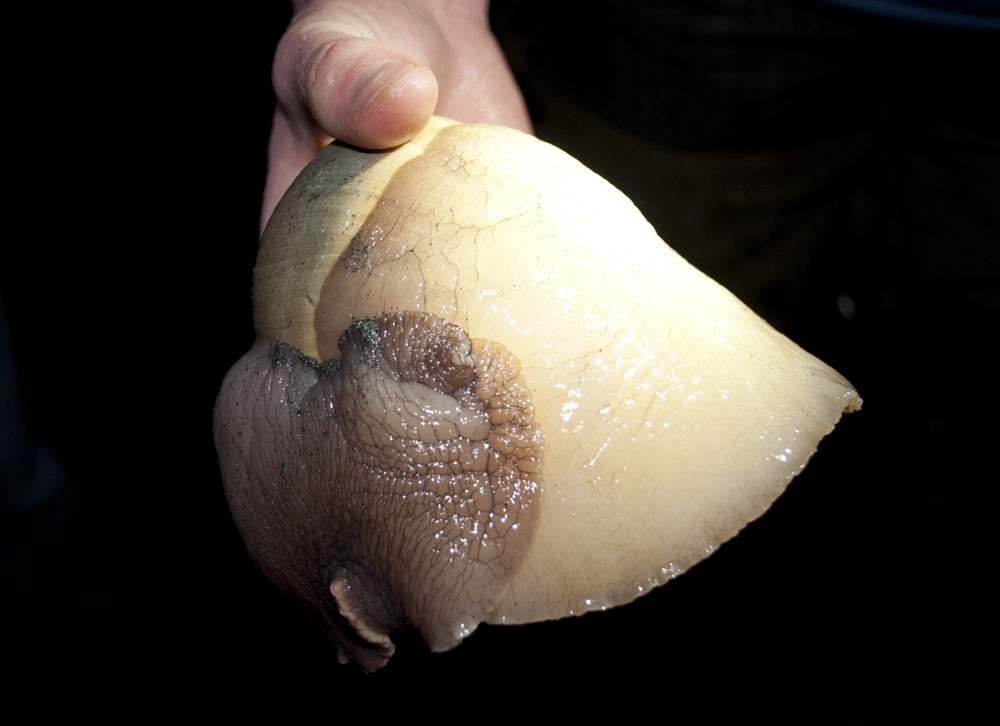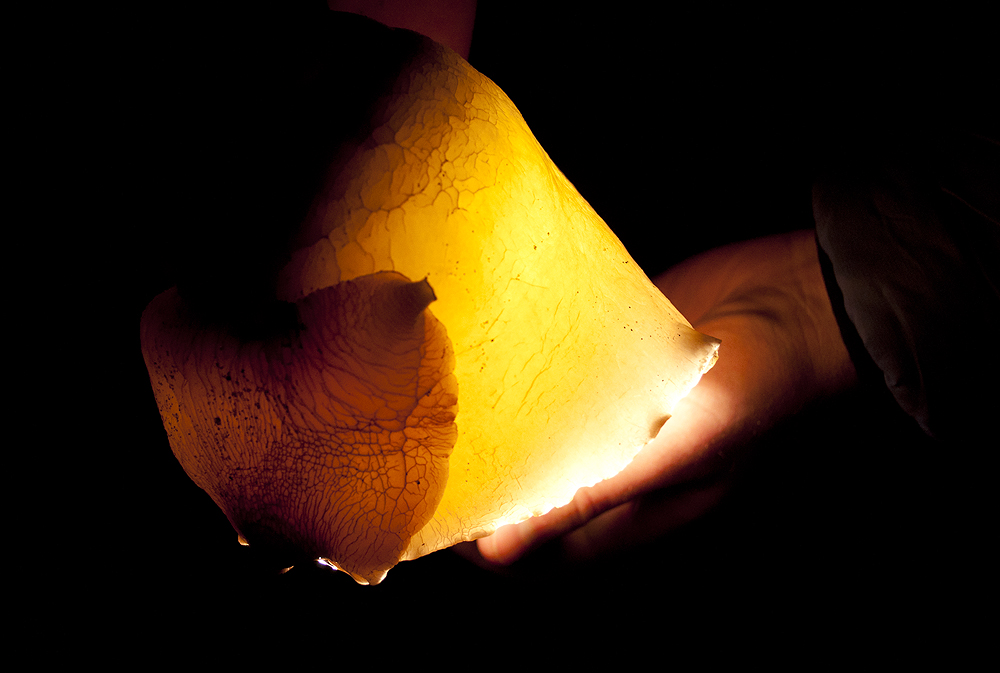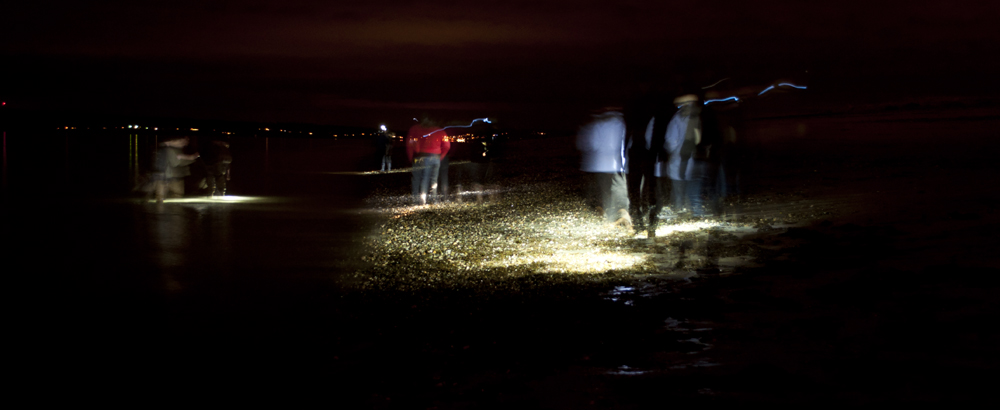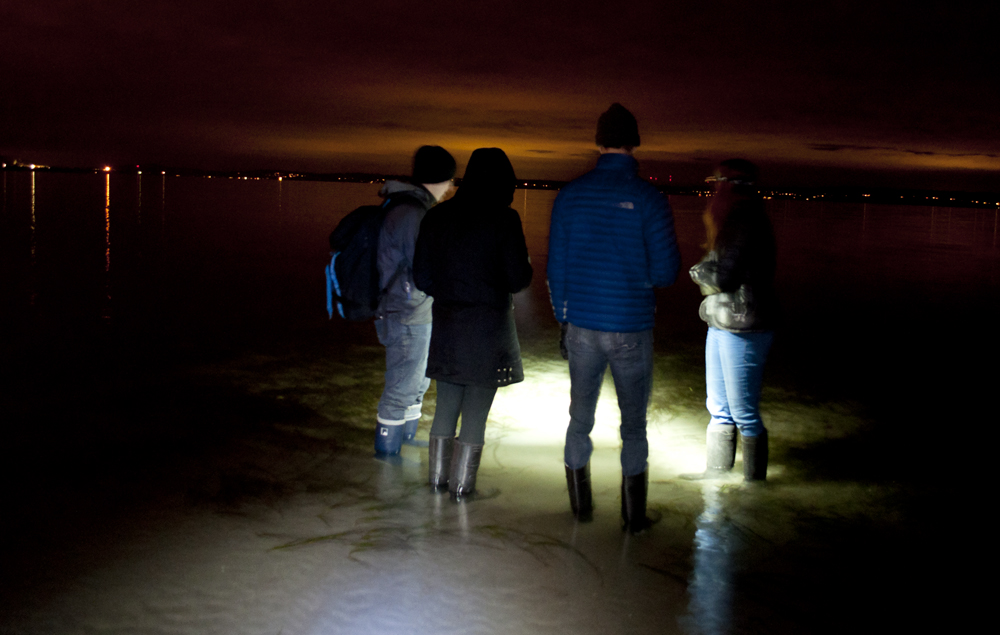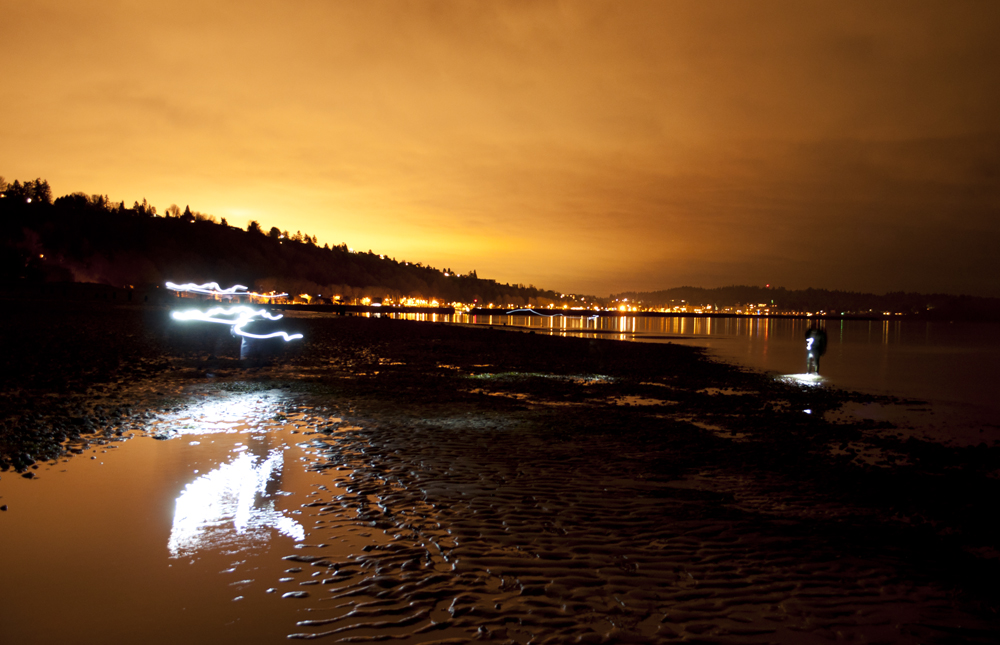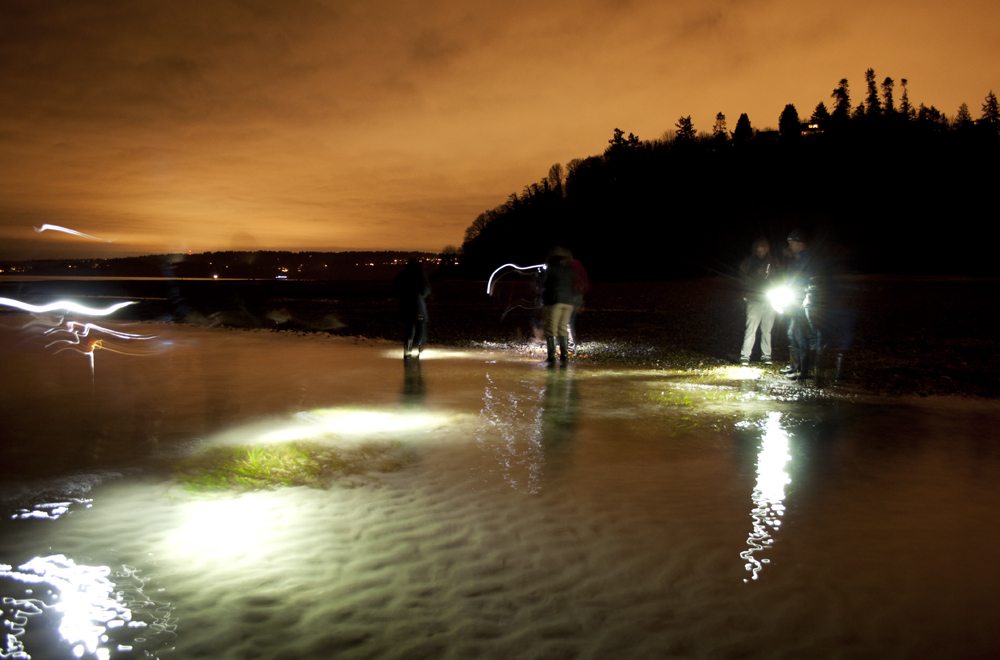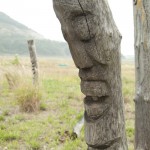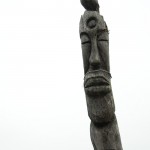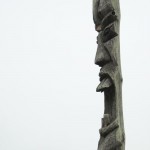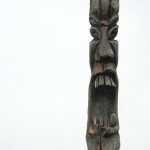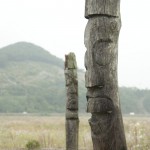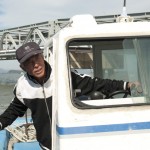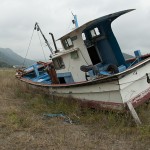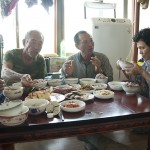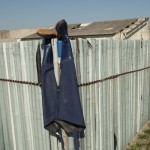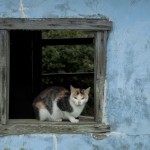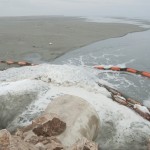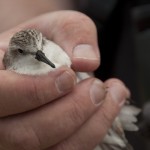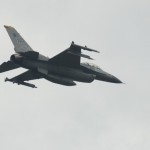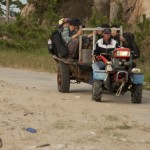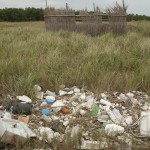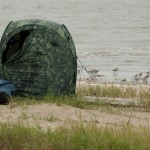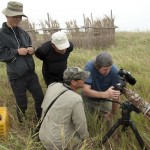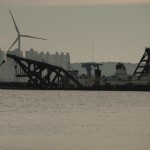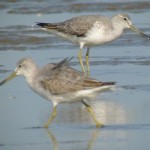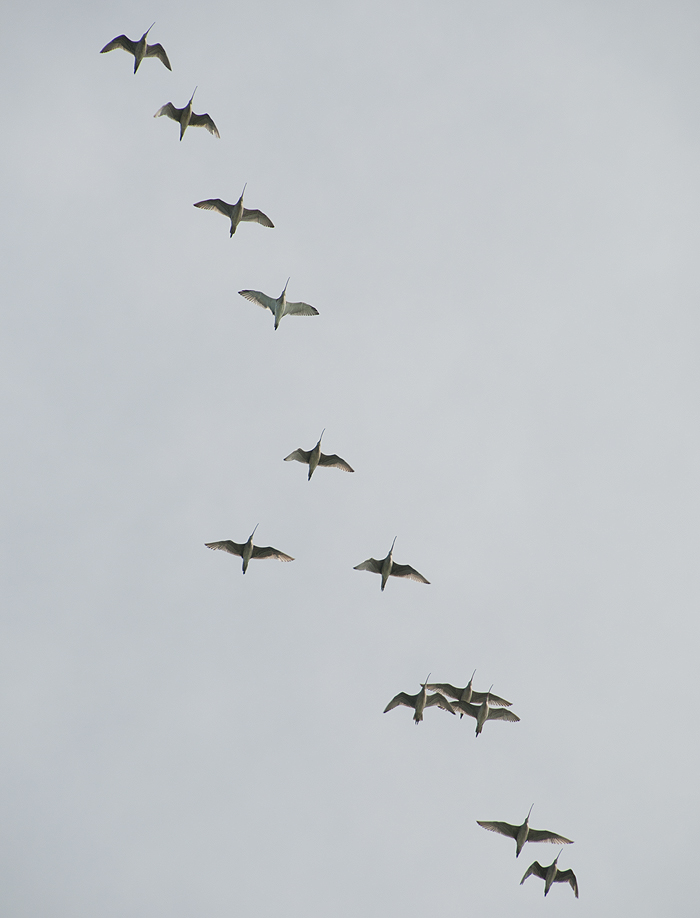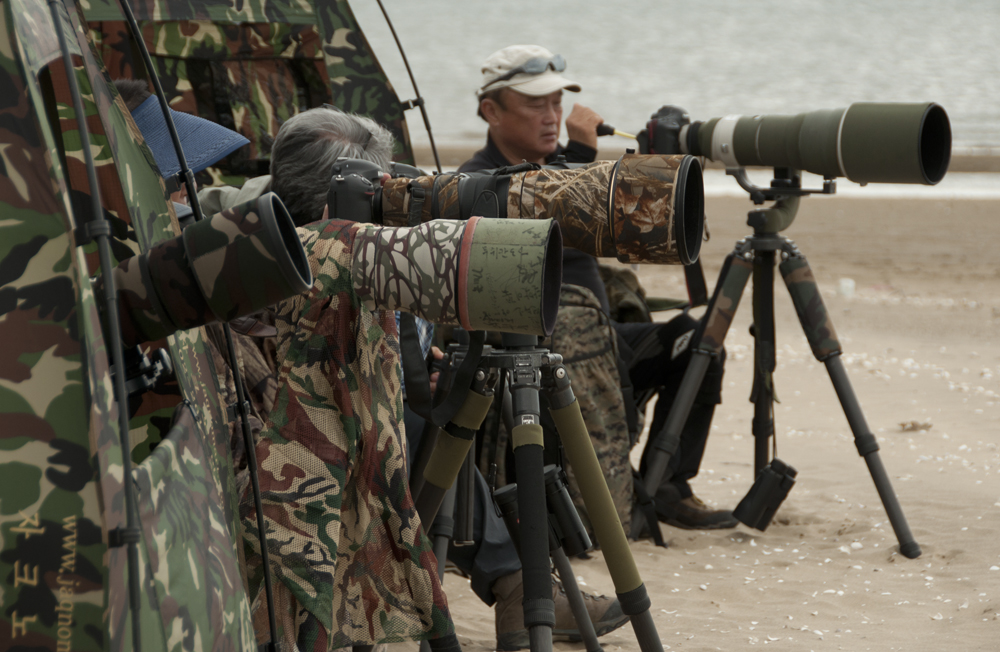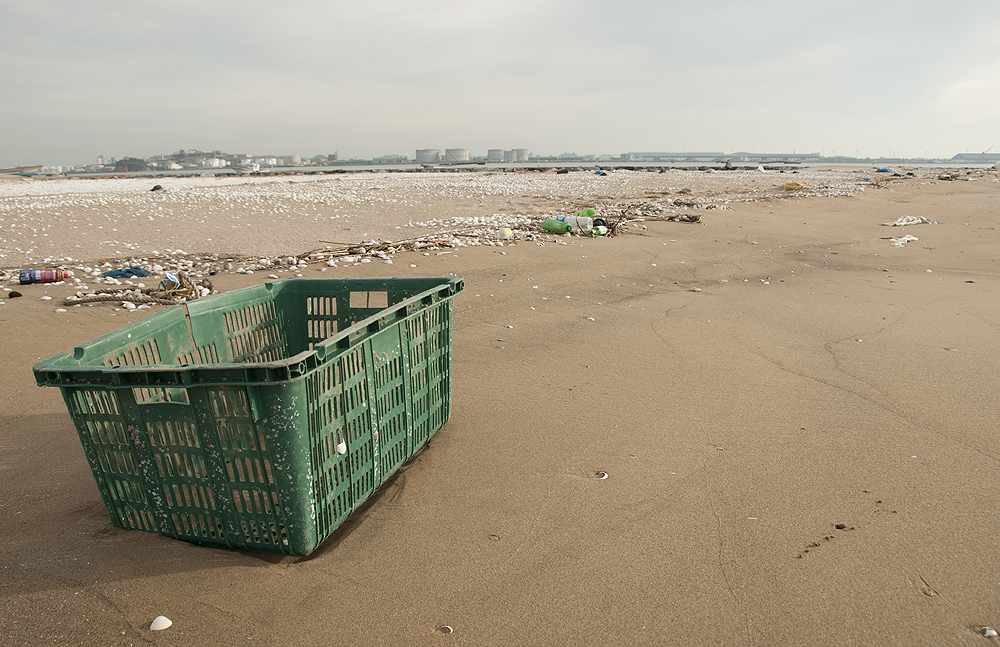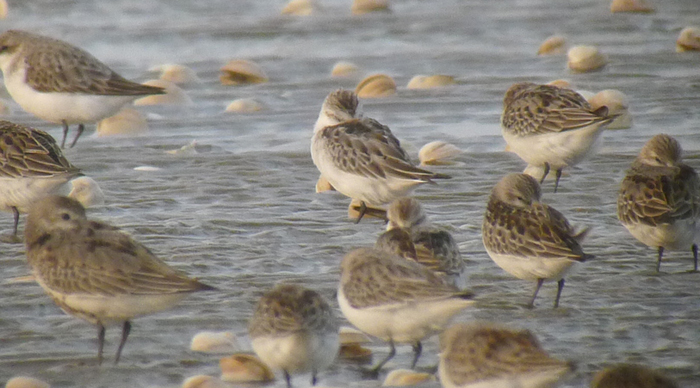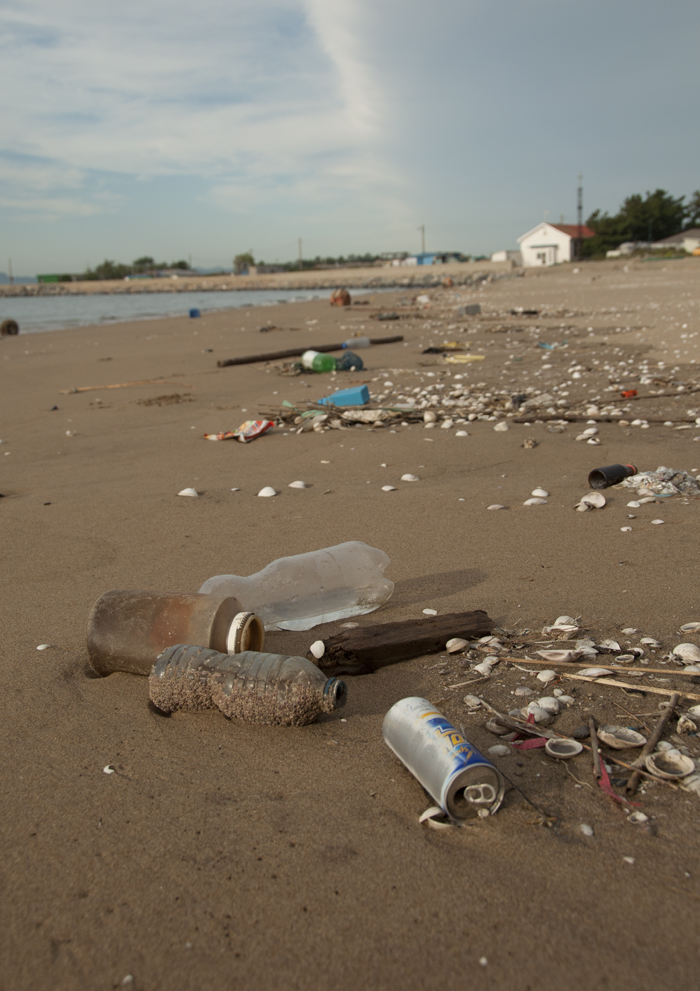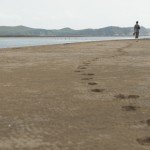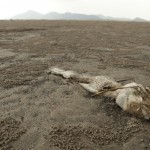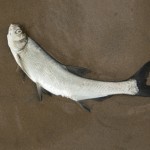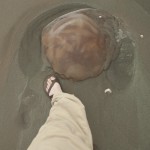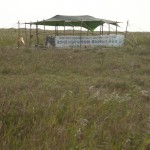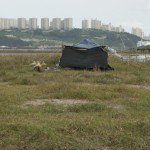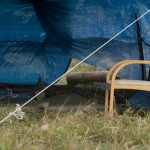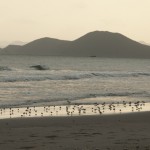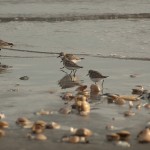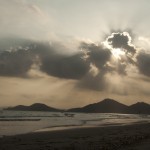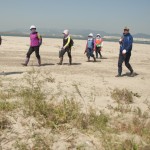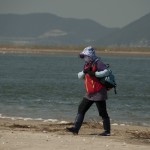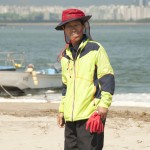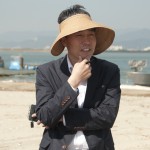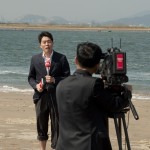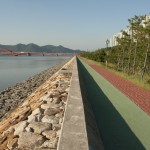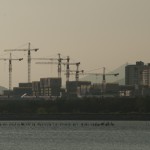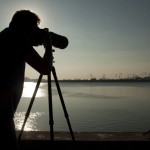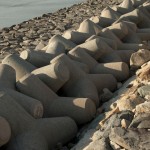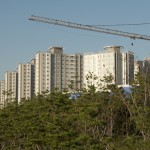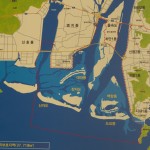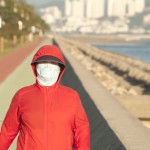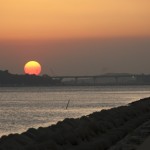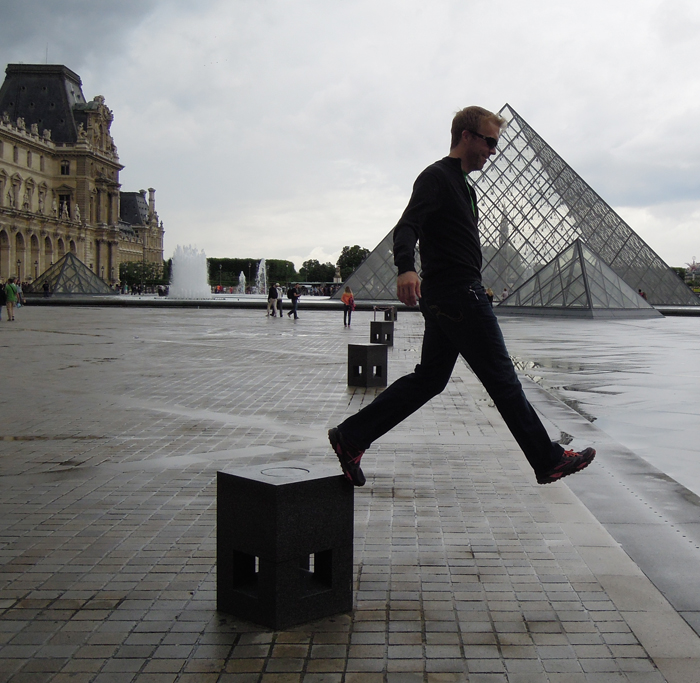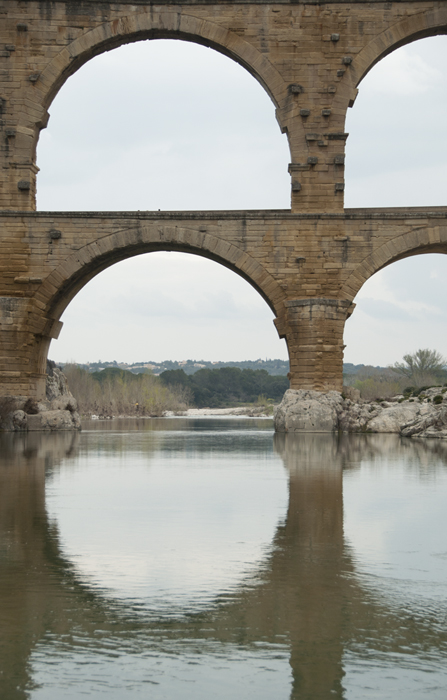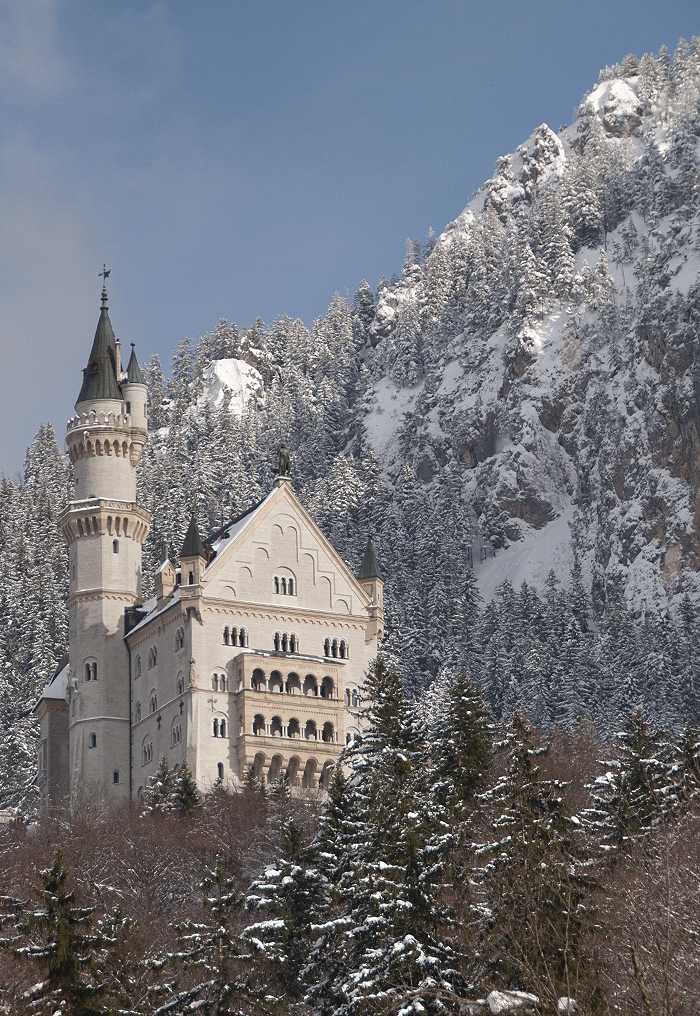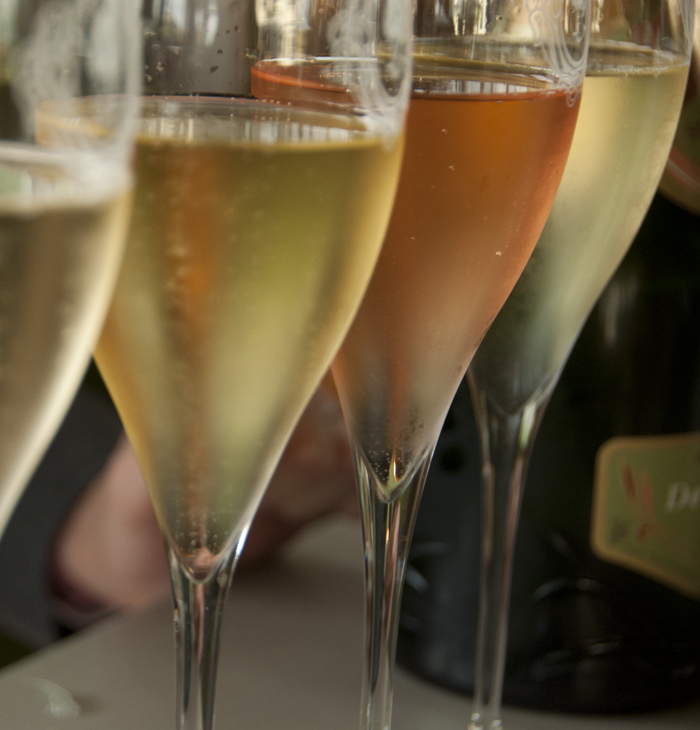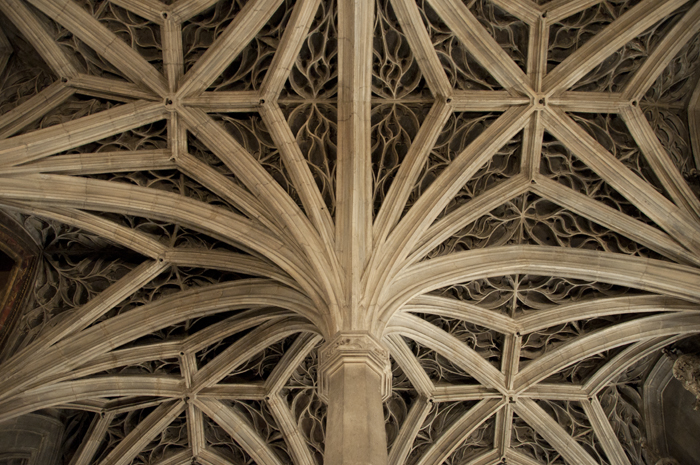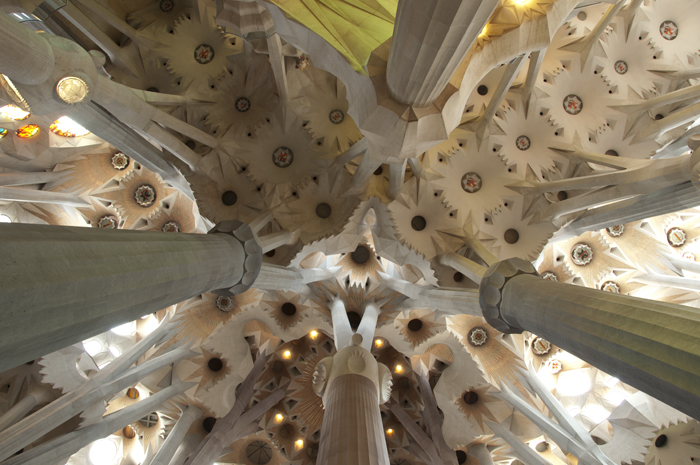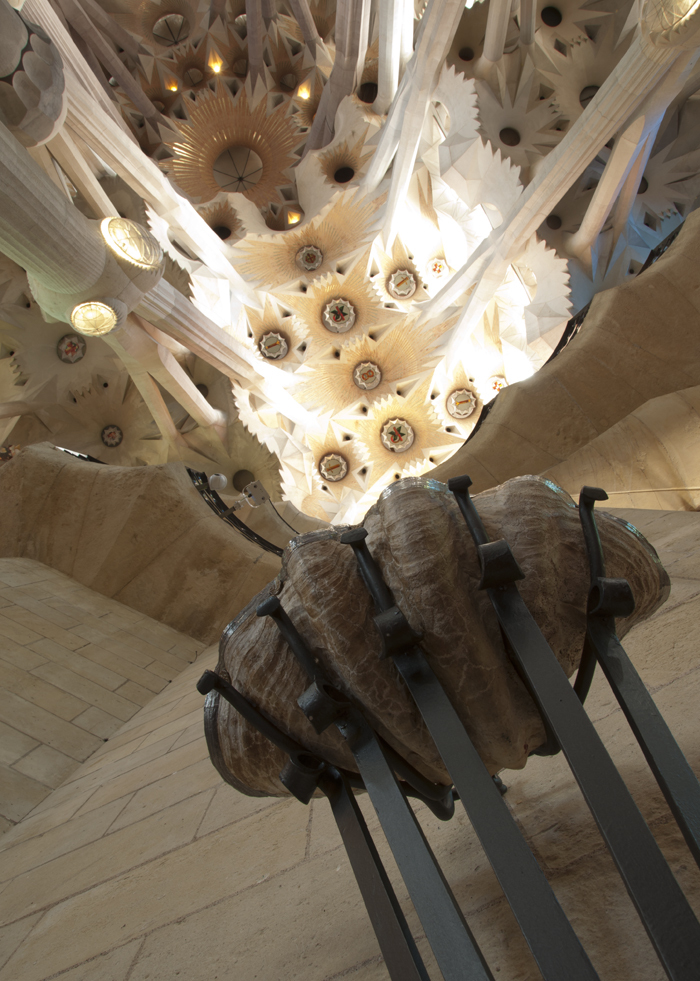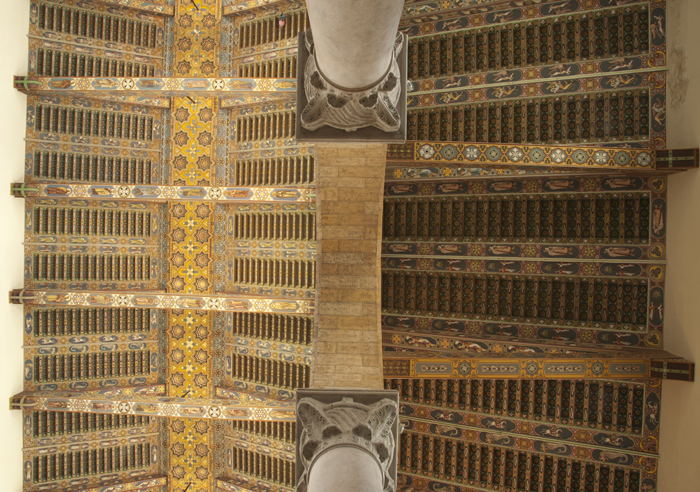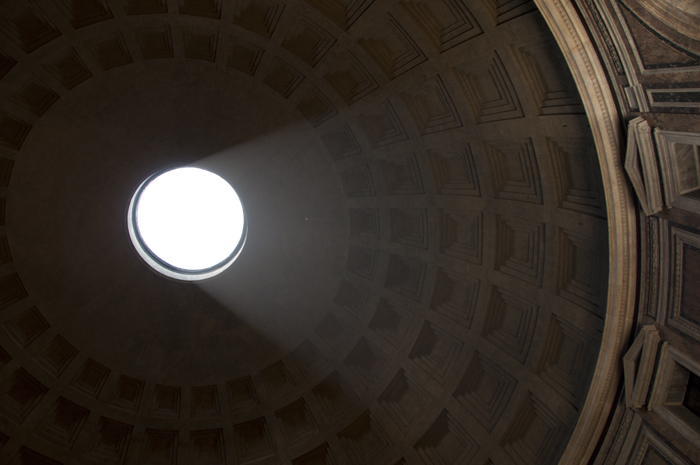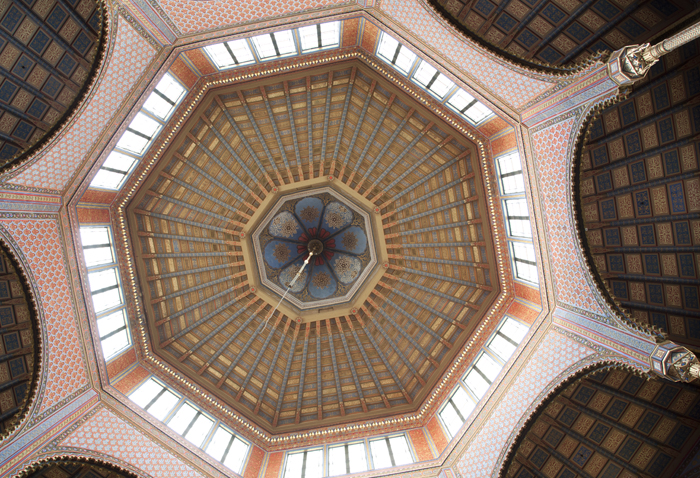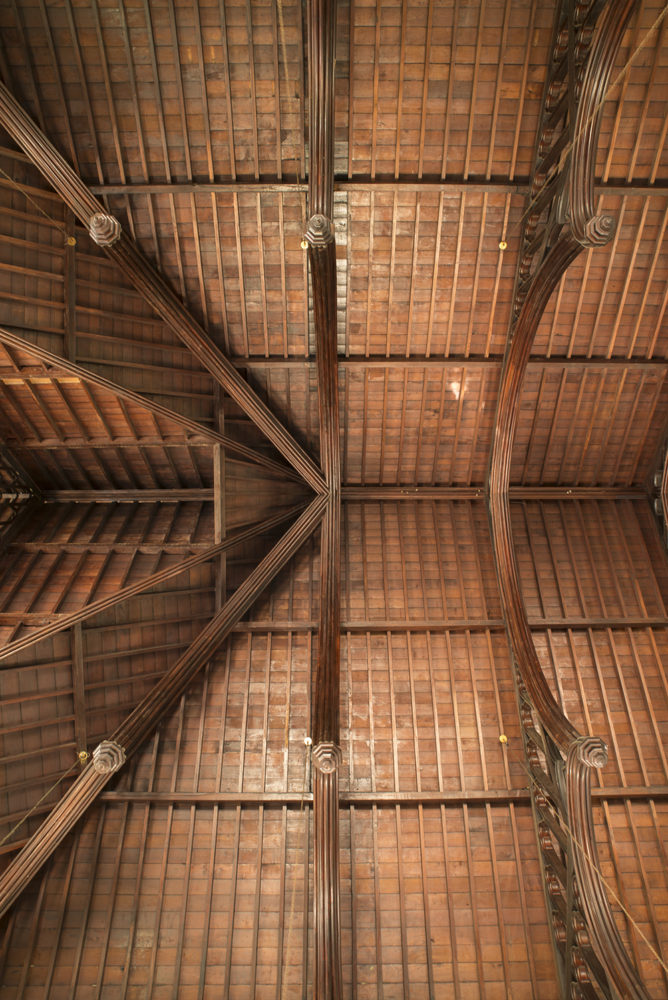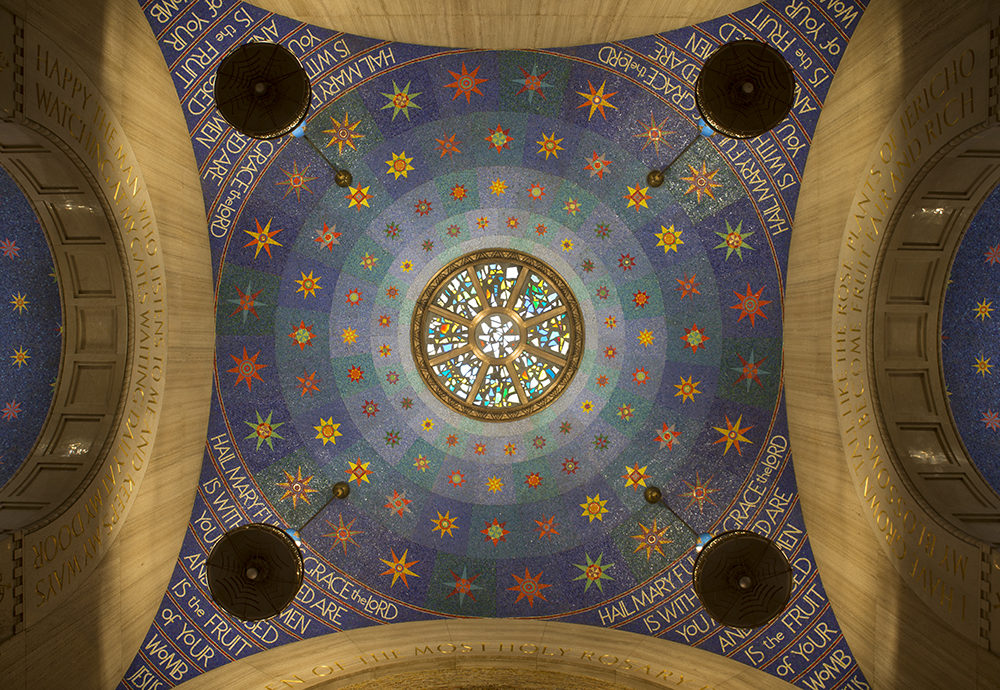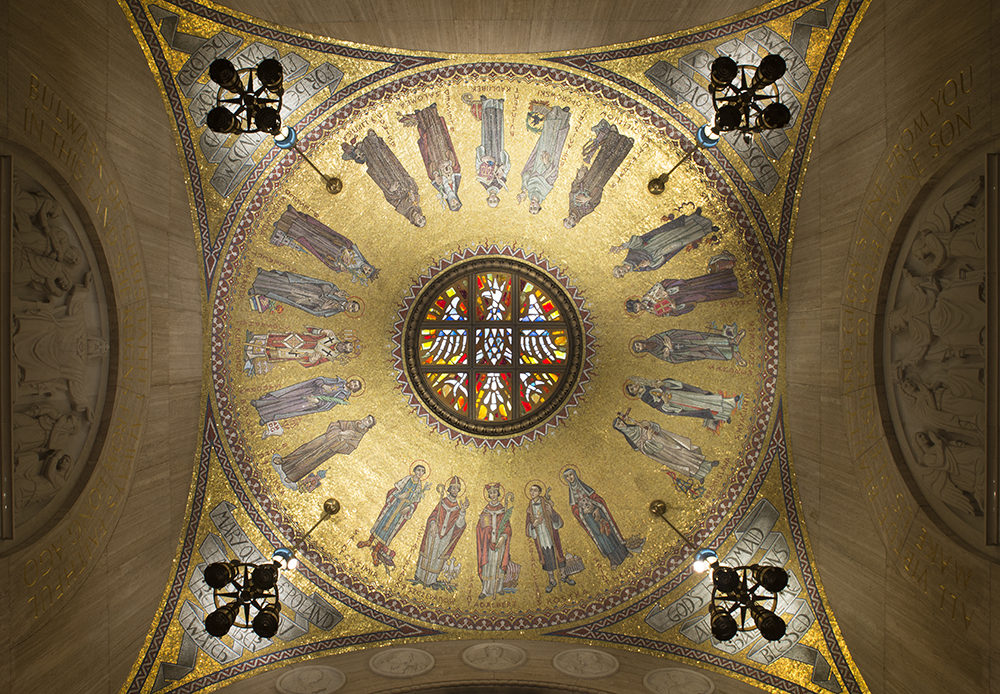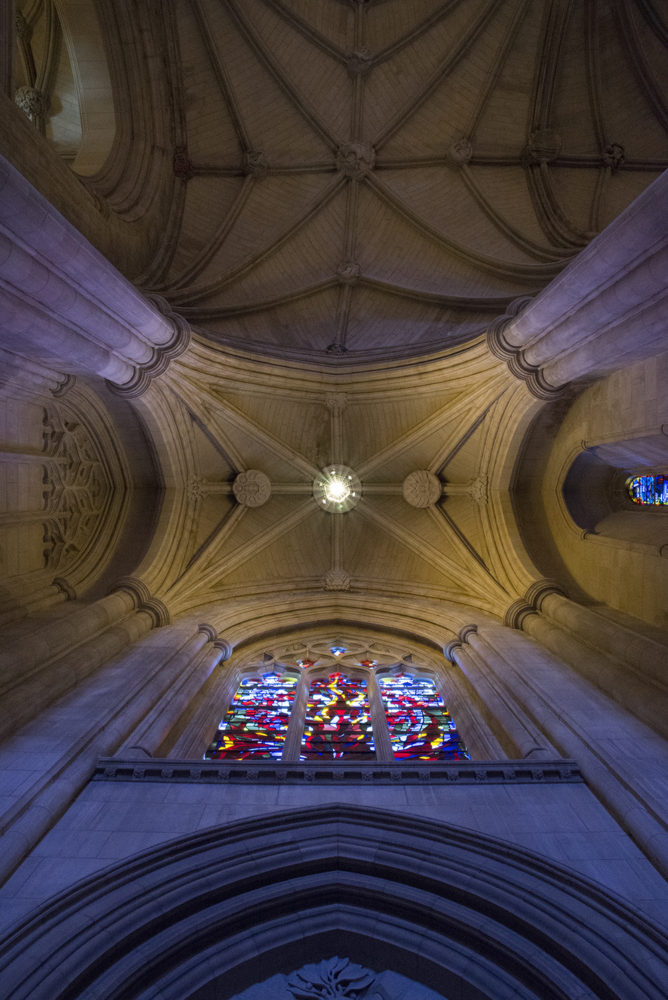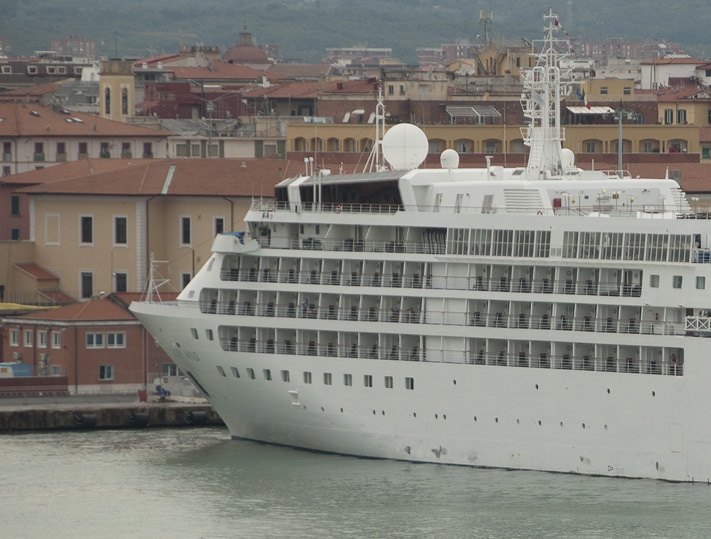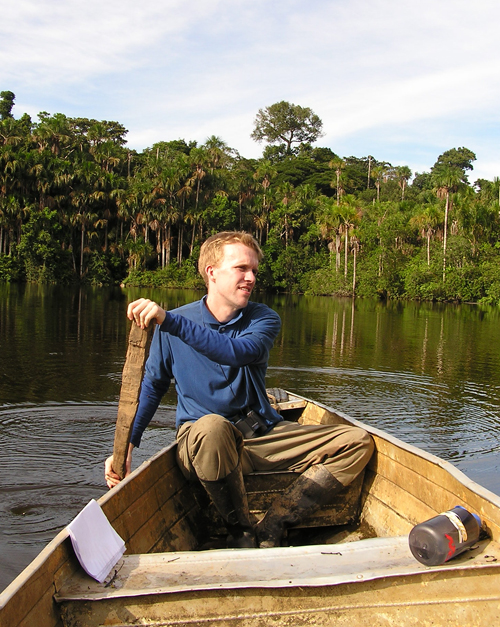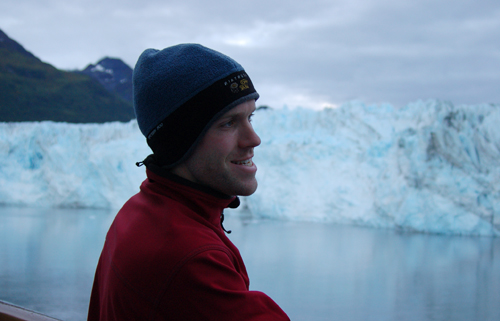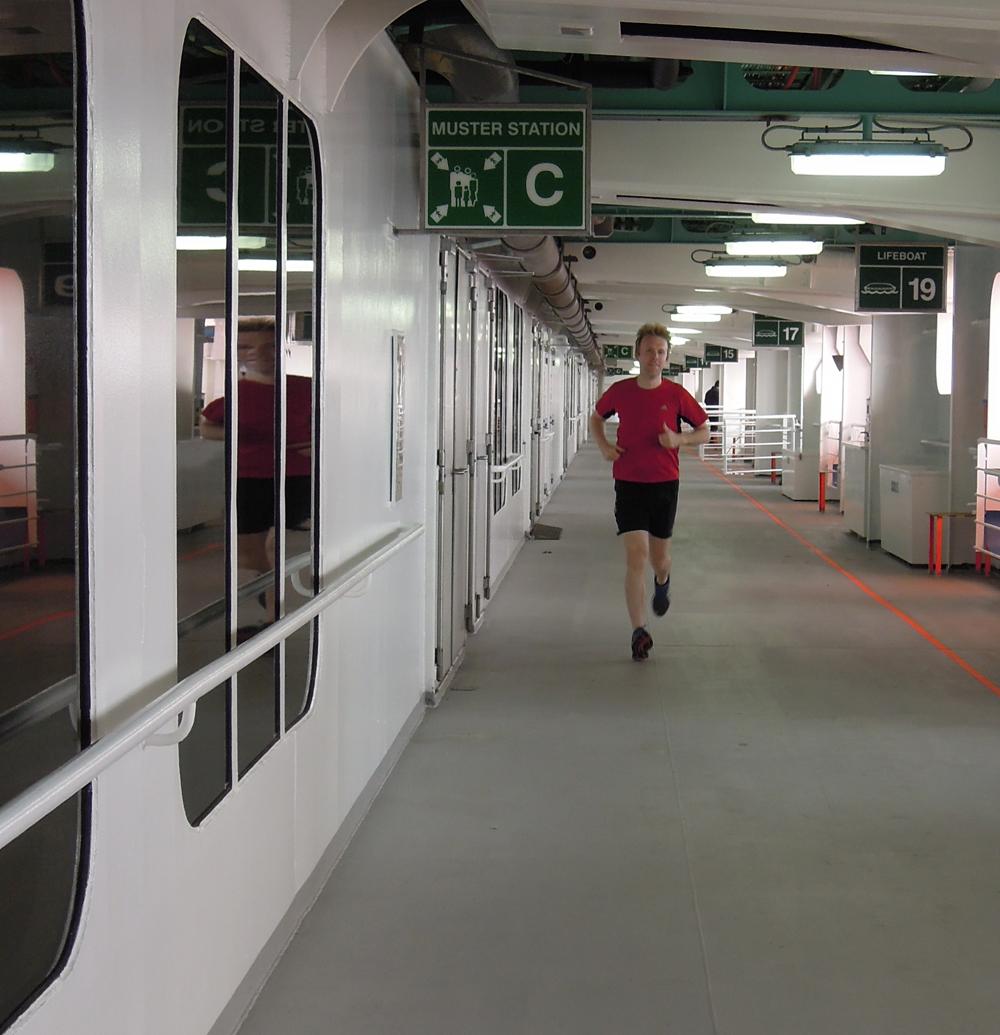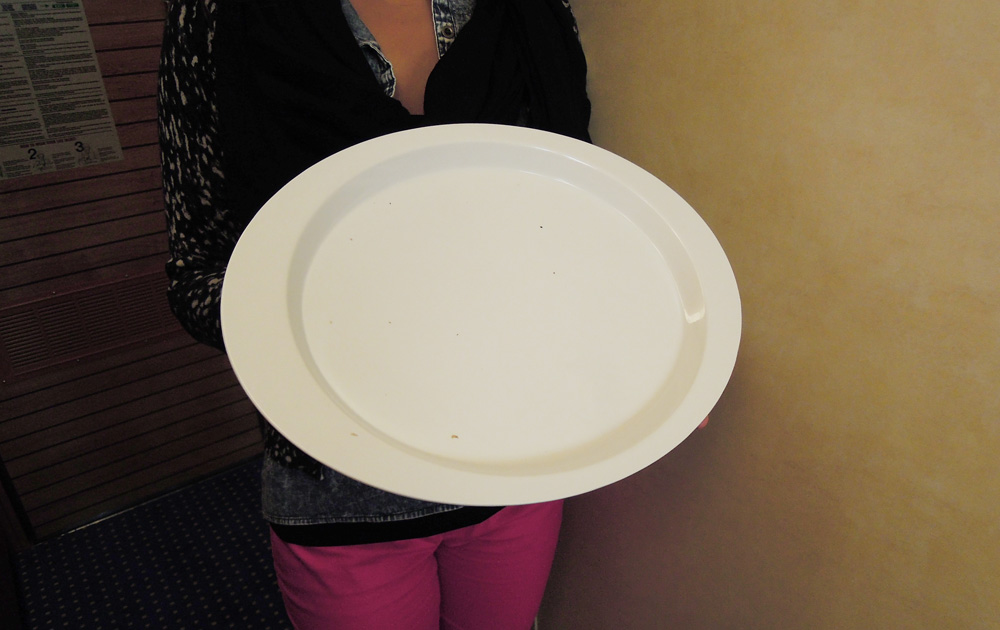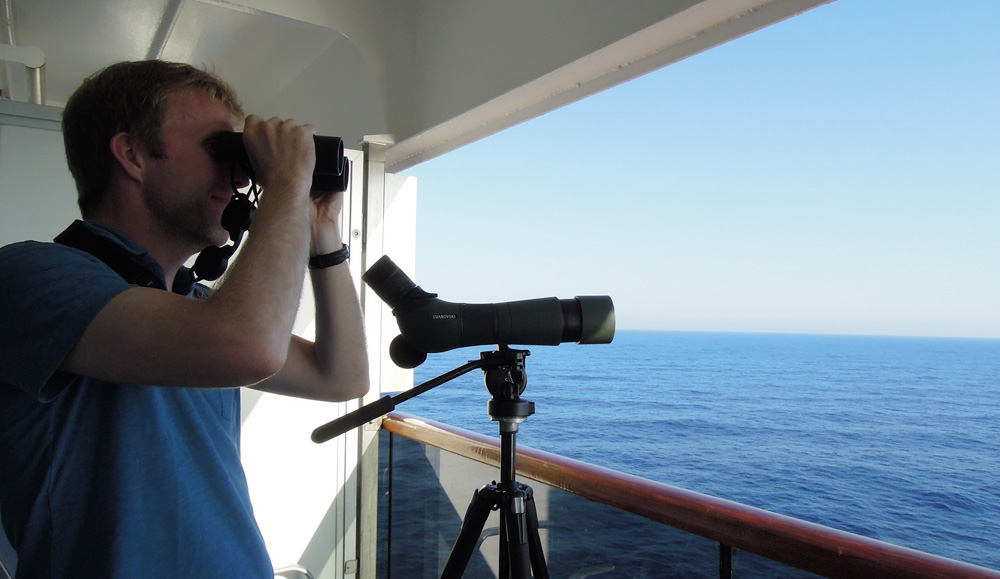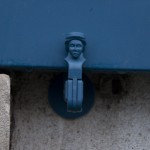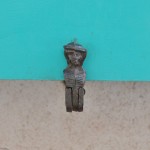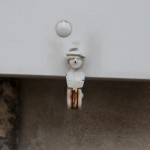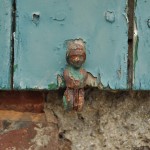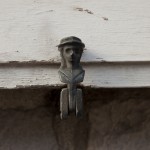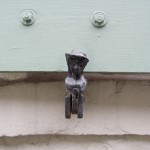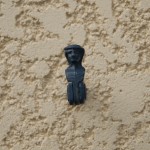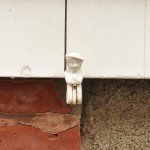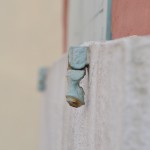Three shapes emerge when you look at a map of Paris: a circle, a spiral, and a horseshoe. The peripherique is the 35km circular highway that defines the boundaries of “Paris proper.” The spiral is provided by the twenty arrondissements (or “neighborhoods”) of Paris that—in an effort to disorient tourists—begin in the middle and spiral out like a clockwise snail shell to the twentieth in the eastern portion of the city. About halfway down it’s 775km body, the Seine River snakes through the circular border of Paris, creating an oblong horseshoe within its circular border.
On a sunny Sunday in late March, I traced the horseshoe on foot to take pictures of each of the 35 bridges that span this renown river (37 if you include the peripherique—which I didn’t). It took six hours to walk the 14km horseshoe, following the Seine downriver, east to west. Unfortunately, by the time I arrived at the first bridge at 5:00pm, the sky produced the brightest, flattest light I’d ever seen; but I was already committed.
Once the sun went down, and the street lights turned on, the photo opportunities improved.
It was a fun study of the sheer diversity of Parisian bridges, from the oldest Pont Neuf (“new bridge,” ironically) built of stone in the 16th century, to the newest: a steel pedestrian span built in 2006.
Bridges of Paris – East to West
Pont = “Bridge” in French
Bridge 1 – Pont National
Completed in 1853 as a railway bridge and named Pont Napolean III (the famous Napolean’s nephew) until 1870. The peripherique bridge, and some of Paris’ nearest industry, loom in the background.
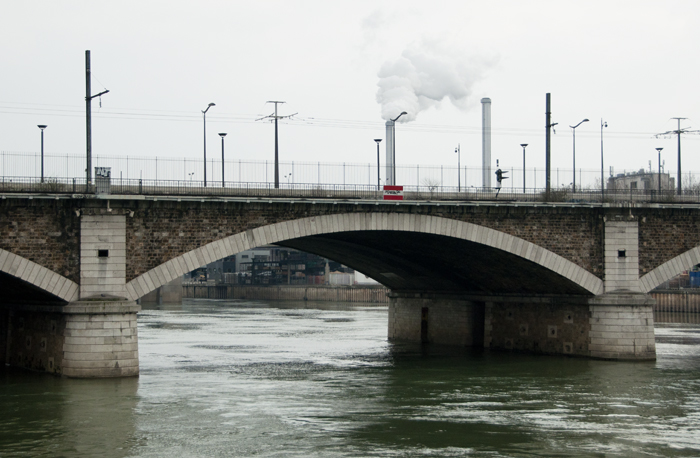
Bridge 2 – Pont de Tolbiac
This span was built in 1882 in a push to urbanize eastern Paris and, appropriately, it’s currently flanked by a cement company. It was hit by a downed British plane during World War II.
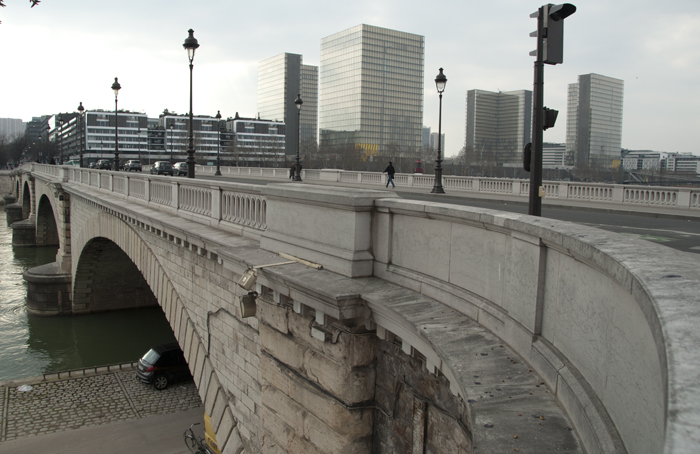
Bridge 3 – Passerelle Simone-de-Beauvoir
Erected in 2006, this passenger/cyclist only bridge was the 37th built in Paris. Named after the 20th century author who significantly influenced “second-wave feminism” through her 1949 book The Second Sex.
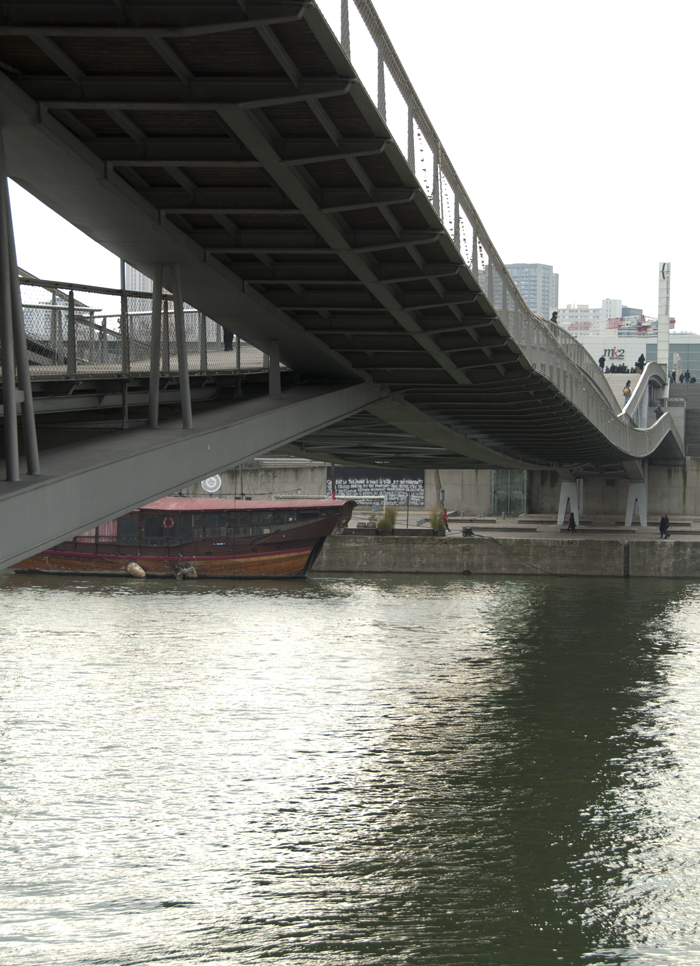
Bridge 4 – Pont de Bercy
A suspension bridge was built on this location in 1832 to replace a congested ferry service. This toll bridge was replaced in 1864 by a stone structure. It wouldn’t remain untouched for long: a second bridge was stacked on top for the Line 10 metro in 1904, and the width was doubled in 1989 to accommodate increased road traffic.
I was especially drawn to the bold graffiti on the abandoned building behind it.
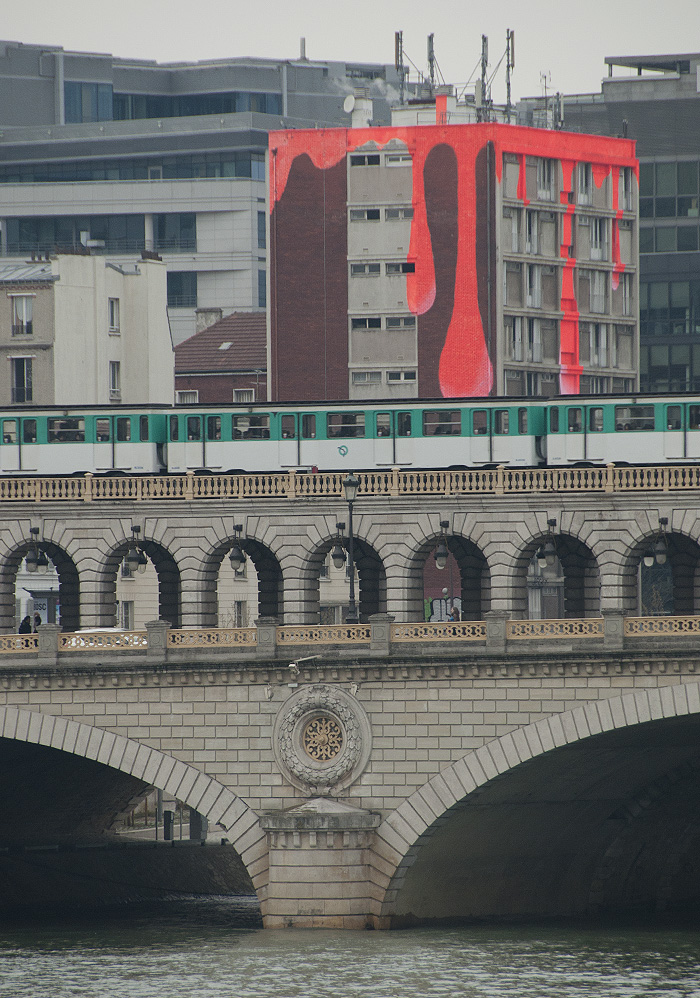
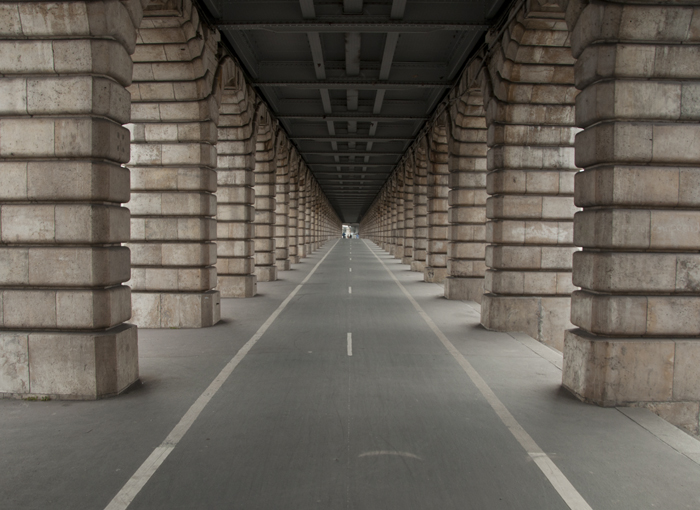
Bridge 5 – Pont Charles De Gaulle
Pont Charles de Gaulle was built in 1996 to relieve congestion on Pont d’Austerlitz to the north, the busiest bridge in Paris. It also created a direct connection between Gare d’Austerlitz and Gare de Lyon (pictured below), two popular train stations in southeastern Paris.
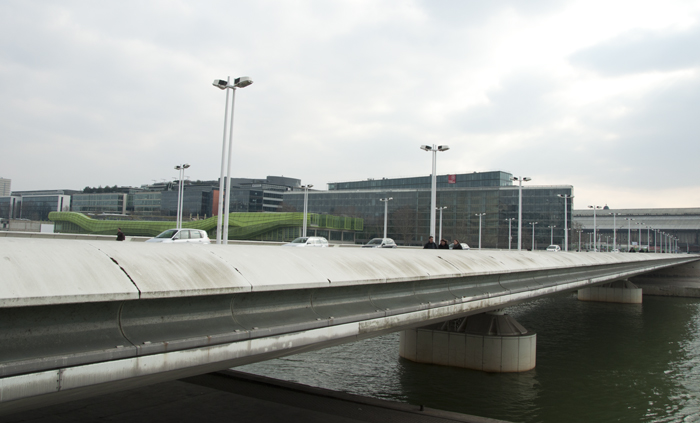

Bridge 6 – Viaduc d’Austerlitz
The Viaduc d’Austerlitz is used solely for the Line 5 metro. When it was completed in 1904, the 460ft bridge was the widest single span in Paris. It is currently second only to the 1996 Pont Charles-de-Gaulle immediately to the south.
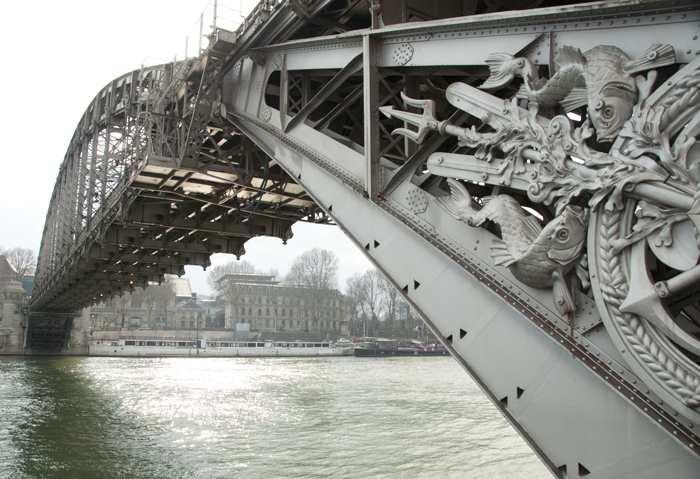
Bridge 7 – Pont d’Austerlitz
First constructed in 1805, this stone mason bridge was widened in 1854, and again in 1885. It was named after the Battle of Austerlitz of 1805 when, under one of his greatest victories, Napoleon defeated the imperial armies of both Russia and Austria in present day Czech Republic
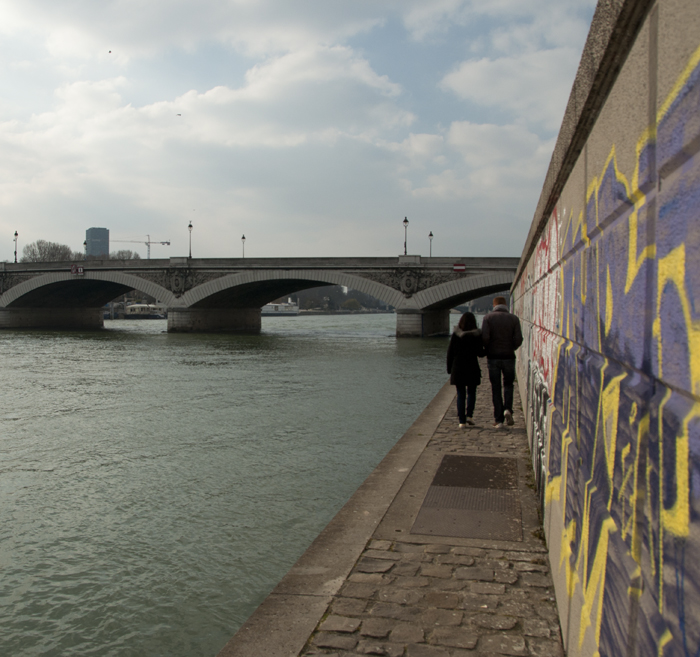
Bridge 8 – Pont de Sully
Composed of two spans that cross the tip of Ile Saint Louis, the first Pont de Sully was built as a pedestrian bridge in 1838. Construction costs were regained through tolls until 1872, when it succumbed to corrosion and collapsed. The current bridge was built in 1876.
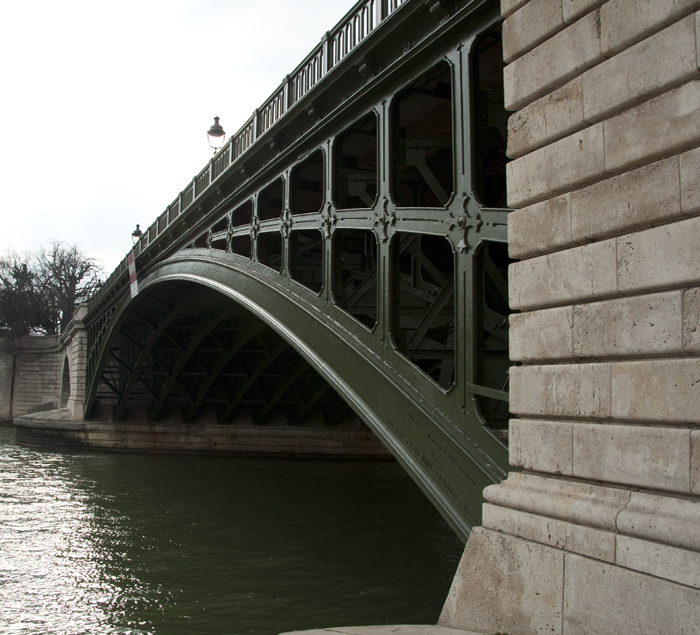
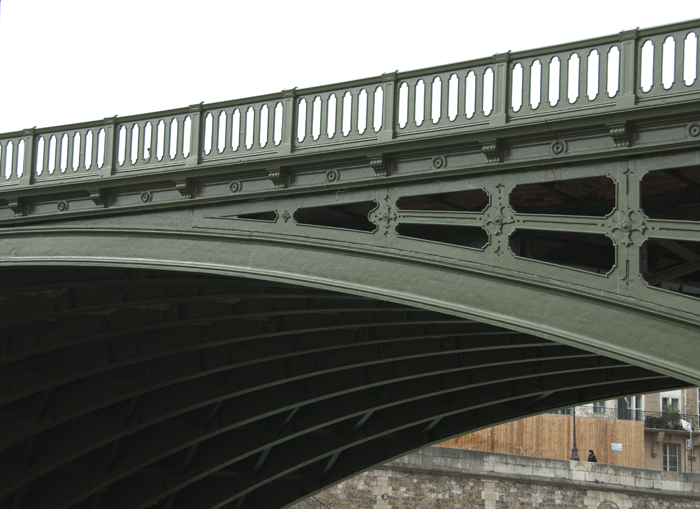
Bridge 9 – Pont de la Tournelle
Currently graced by a structure built in 1928, the site has hosted a bridge since the middle ages; unfortunately the original wood structure was destroyed in the flood of 1651 and its stone replacement was demolished in 1918.

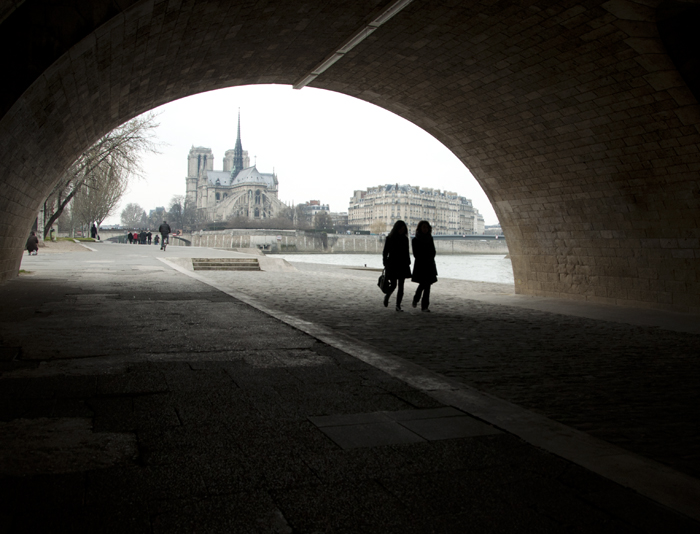
Under Pont de la Tournelle with Notre Dame in the background, downriver.
Bridge 10 – Pont Marie
Pont Marie was completed in 1635, after twenty years of construction, making it one of Paris’ oldest bridges. Fifty homes were erected on the bridge shortly after opening, despite appeals from the bridges designer (Christopher Marie). They were washed away during the flood of 1658. Each of the bridges five arches are unique.
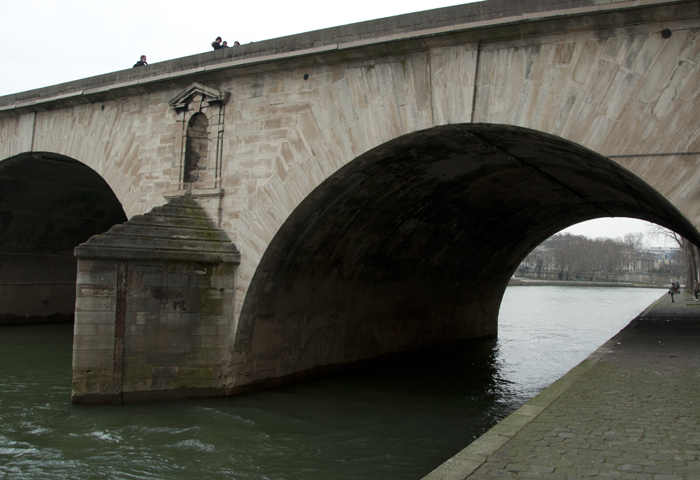
Bridge 11 – Pont Louis-Philippe
Its present form was built in 1860, but the site had hosted two bridges before it, the first of which was a nameless suspension bridge that was replaced in 1833.

Bridge 12 – Pont Saint-Louis
This current metal span dates to 1970, but the location—which connects Notre Dame with Ile Saint-Louis—has hosted seven iterations before it.

Bridge 13 – Pont de l’Archevêché
This bridge, the narrowest in Paris that allows cars, was built in 1828. Once Pont des Arts was cleared of its famous “love padlocks” in 2010, intrepid lovers fixed their heartfelt hardware on Pont de l’Archevêché, just a “locks throw” from Notre Dame.

Bridge 14 – Pont au Double
“Double” stands for the “double denier” coin pedestrians were charged to cross the first bridge, dating to 1634. Following a second bridge in 1847, the third and current version—made of cast iron—was built in 1883.
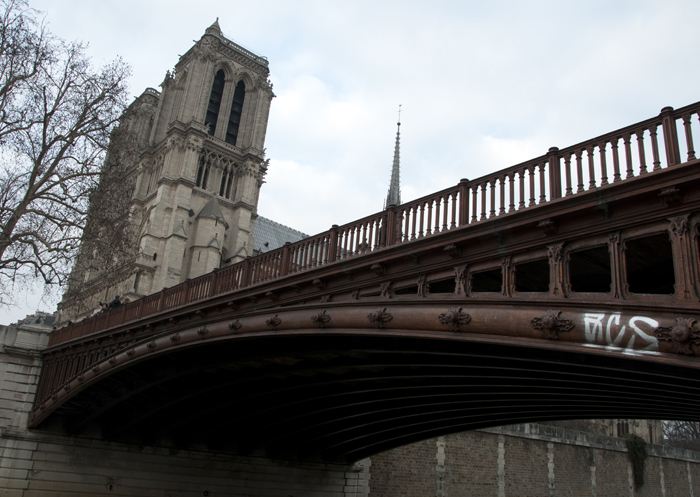
Bridge 15 – Pont d’Arcole
In 1854, this bridge was the first wrought-iron bridge to span the Seine (differentiated from the familiar cast iron by containing more fibrous content and less carbon). The Eiffel Tower was made from wrought iron thirty five years later. The bridge sagged suddenly in 1888 by 20cm; it was finally corrected in 1995. Hôtel de Ville can be seen in the background.
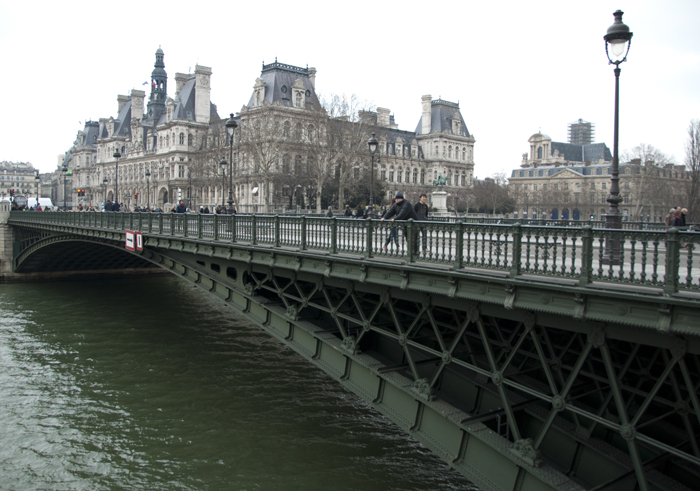
Bridge 16 – “Petit Pont”
Small, unassuming … and ephemeral, the Petit Pont has existed in its current form since 1853 but at least twenty-four predecessors have been washed away since the 9th century.
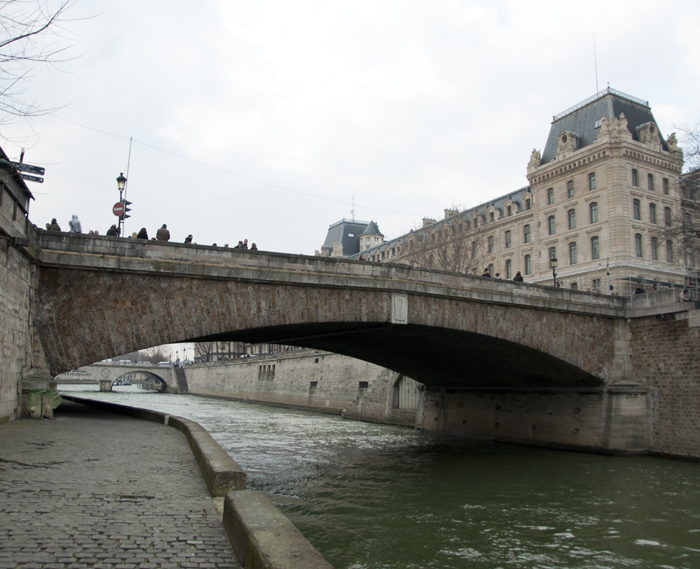
Bridge 17 – Pont Notre-Dame
While not the oldest bridge, the location hosted the first bridge in Paris—le Grande Pont which was destroyed during the Norman invasion of 886. Its current (metal) form was built in 1919 to replace the tight stone arches of its predecessor, nicknamed “Devil’s Bridge” by the boats attempting to pass underneath.
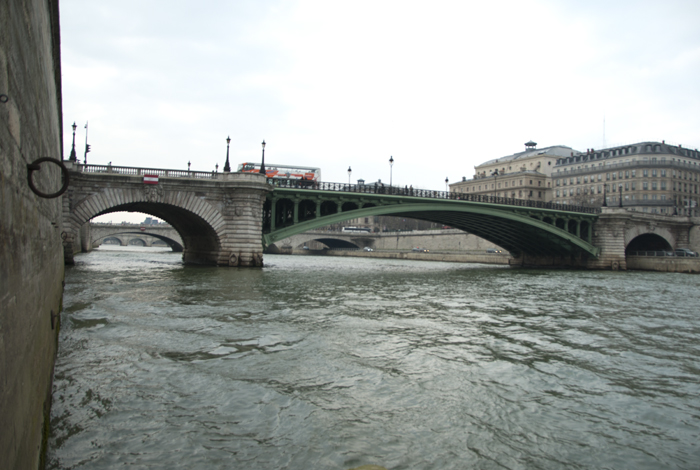
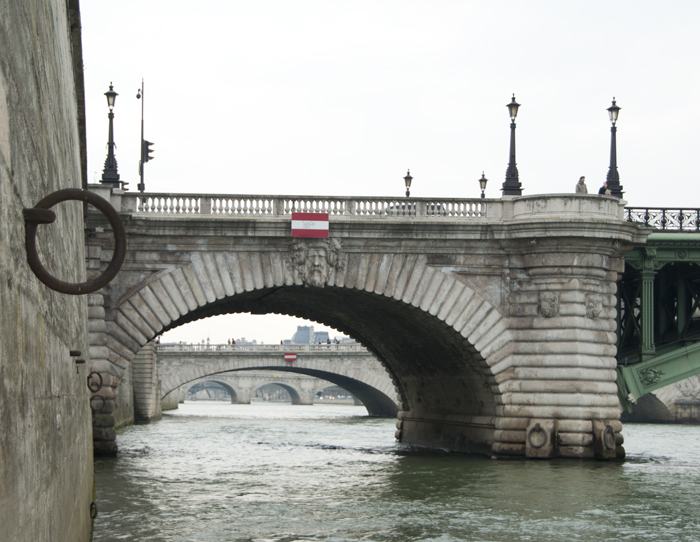
Bridge 18 – Pont Saint-Michel
The late 14th century saw the first bridge at this location. Common during the Medieval Period, houses lined both sides of the bridge, which may have contributed to its collapse during an especially extreme winter in 1408. The current bridge was built in 1857 and played host to many of the killings in the Paris Massacre of 1961, where numerous Algerians were bound and thrown in to the Seine by the police.
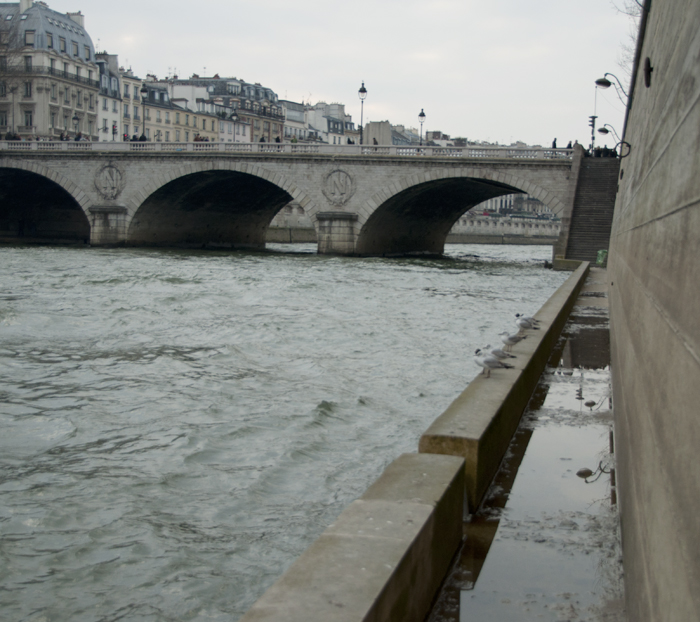
Bridge 19 – Pont au Change
Built in 1860, the Pont au Change was named after the money changers and goldsmiths that lined its predecessors during the 12th century.
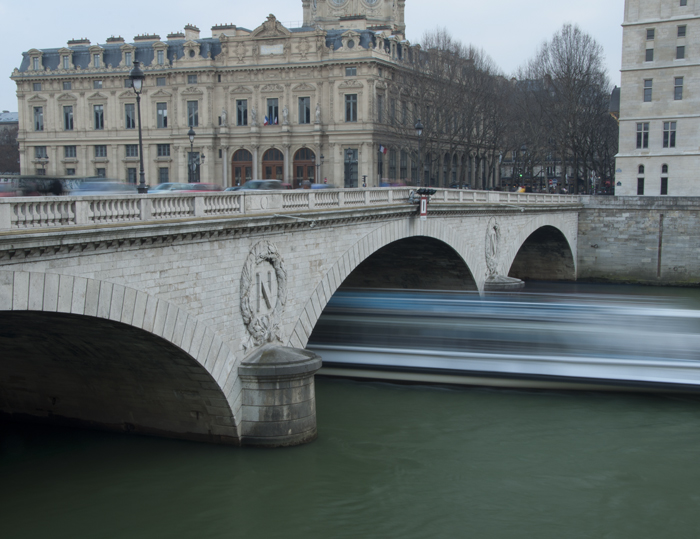
Bridge 20 – Pont Neuf
Inaugurated in 1607, le Pont Neuf—”new bridge”—is the oldest in Paris, an irony not lost on most guidebooks. Pont Neuf was the center of the city and the top tourist destination before the construction of the Eiffel Tower. Jugglers, musicians, and prostitutes vied for the attention of the public, much to the delight of numerous pickpockets.

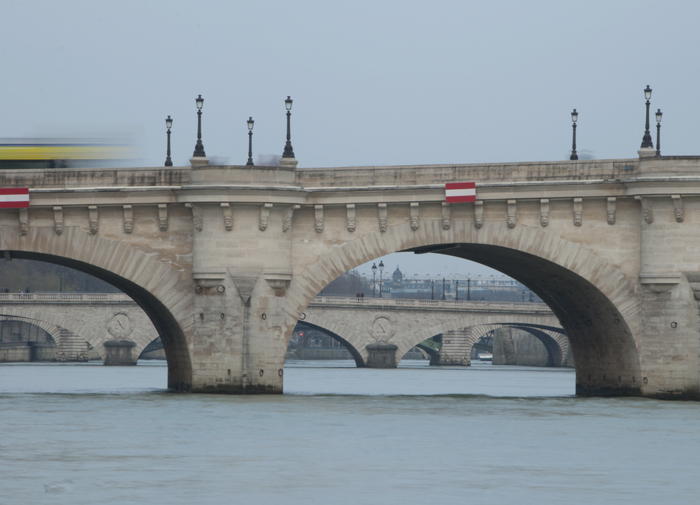
Bridge 21 – Passerelle des Arts
This site hosted the first metal bridge in Paris, completed in 1804 under Napoleon I. In the 1970’s, however, the bridge was decommissioned due to damage sustained from the heavy hand of boat traffic as well as bombers during both World War’s. The replacement bridge—a near identical copy to the original—was built in 1984. As a symbol of timeless love, tourists affix engraved padlocks and throw the key in to the river below; all locks were removed in 2010 but the tradition continues. Institut de France can be seen in the background where the Académie francaise—the official authority on the French language—is located; the Louvre is located immediately behind the photographer.
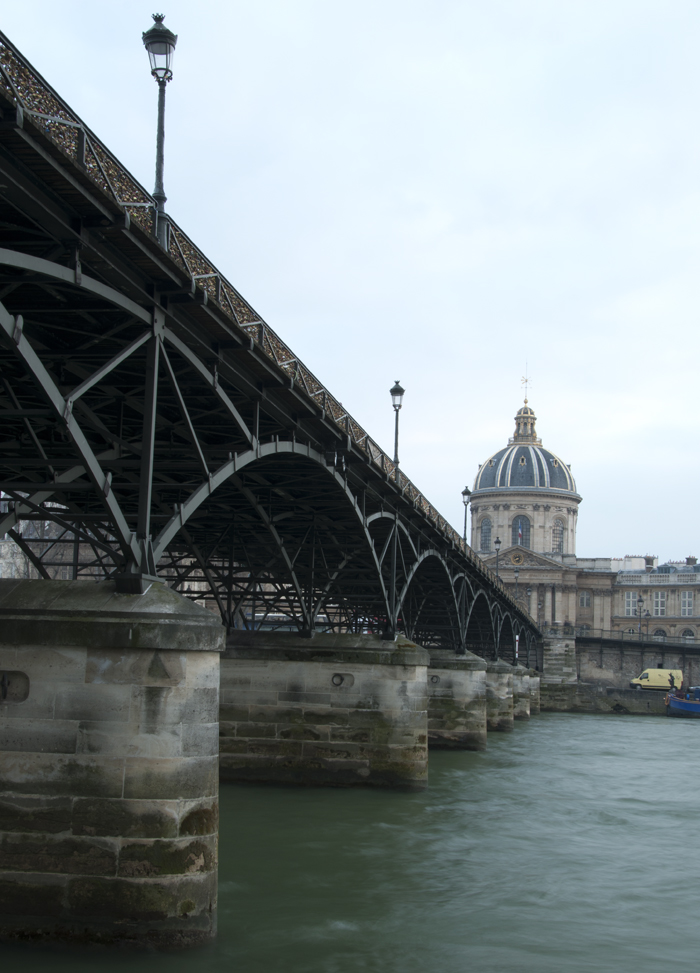
Bridge 22 – Pont du Carrousel
This present span was built in 1939 slightly downriver from its original location (circa 1831) to better line-up with Place du Carrousel, where the famous glass pyramid of the Louvre is located.

Bridge 23 – Pont Royal
Pont Royal is named as such because it was commissioned by Louis XIV in 1689, making it the third oldest bridge in Paris. It replaced a burned-down wooden toll bridge, which replaced a congested ferry service.
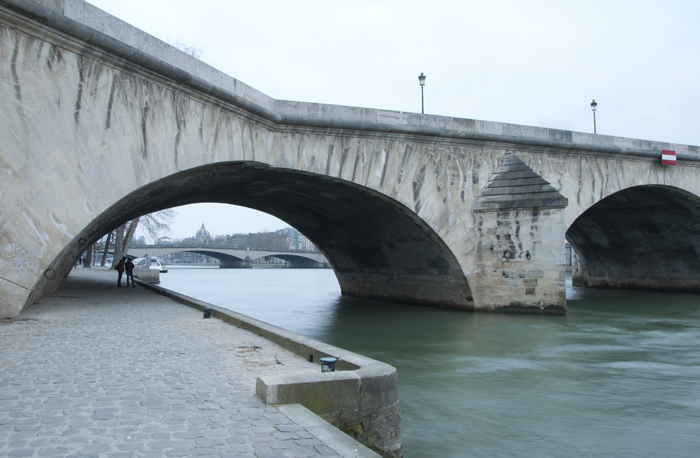
Bridge 24 – Passerelle Léopold-Sédar-Senghor
This passenger bridge—one of the newest in Paris—was constructed in 1999, though two different bridges have occupied this location since 1861. It is named after the first Senegalese president (1960-1980) who was also a poet and the first African member of the prestigious l’Académie française.
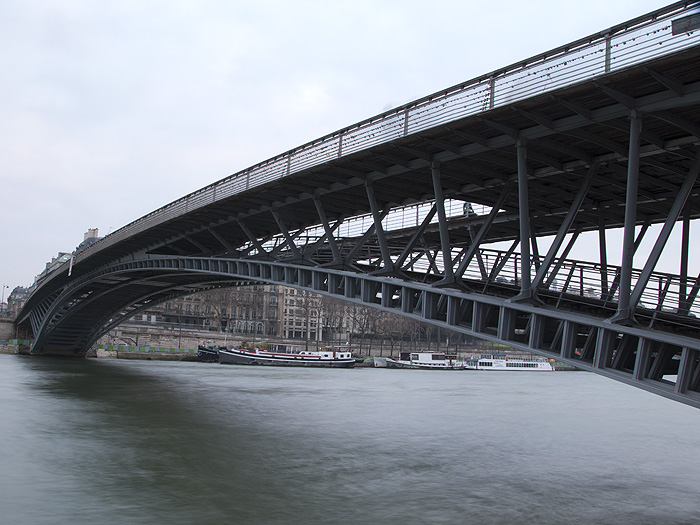
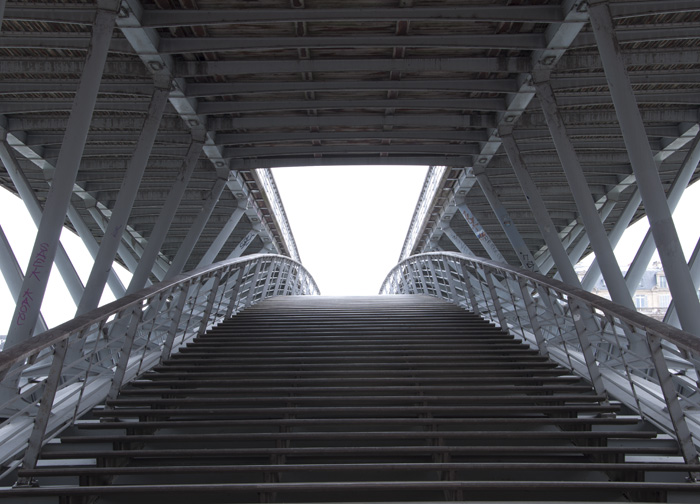
Bridge 25 – Pont de la Concorde
The bridge design was approved in 1787 and construction continued for several years, even through the social and political turmoil of 1789. In fact, stones used during construction were taken from the demolished Bastille prison, a symbol of French imperialism that was stormed by a crowd on July 14, 1789 to mark the beginning of the French Revolution. The name of this bridge followed the course of history: Louis XVI, Revolution, Concorde, Louis XVI for a second time, and, finally, Concorde again. It was widened to handle increased traffic in 1932.
The Assemblée Nationale on its southern side. Second image below is taken underneath the bridge, aiming through the arches across the Seine.
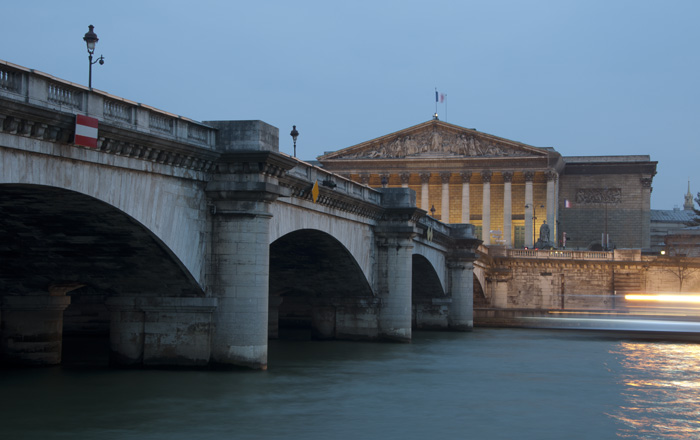
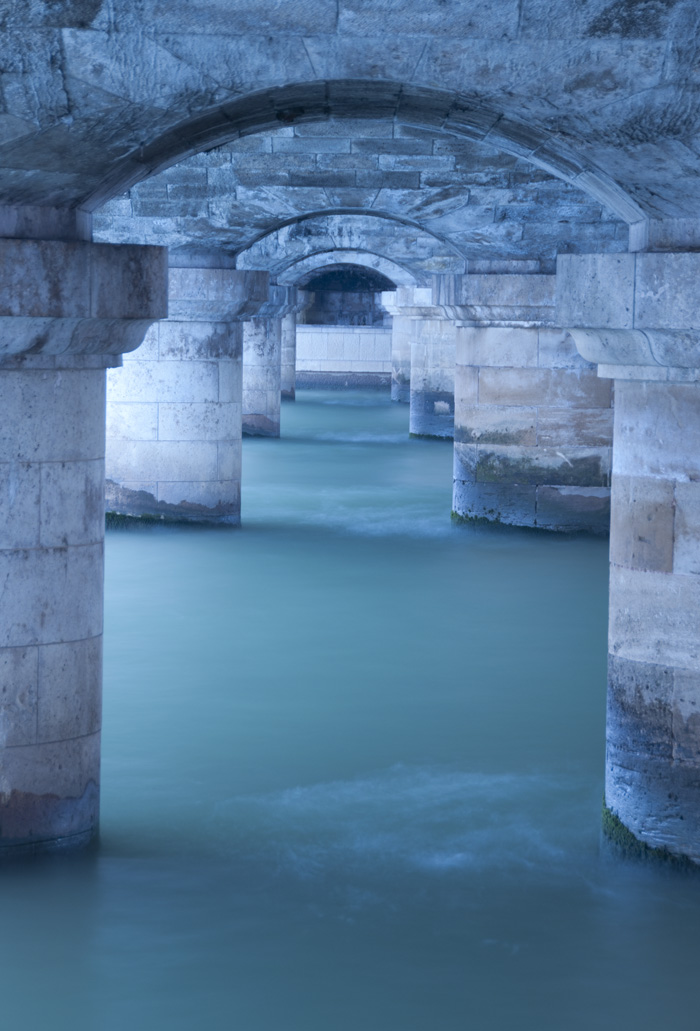
Bridge 26 – Pont Alexandre III
Inarguably the most ornate bridge in Paris, Pont Alexandre III was designed by Gustav Eiffel and completed in 1900. It connects the Grande Palais with Napoleon’s tomb at Invalides and was constructed as to not obstruct views of either.
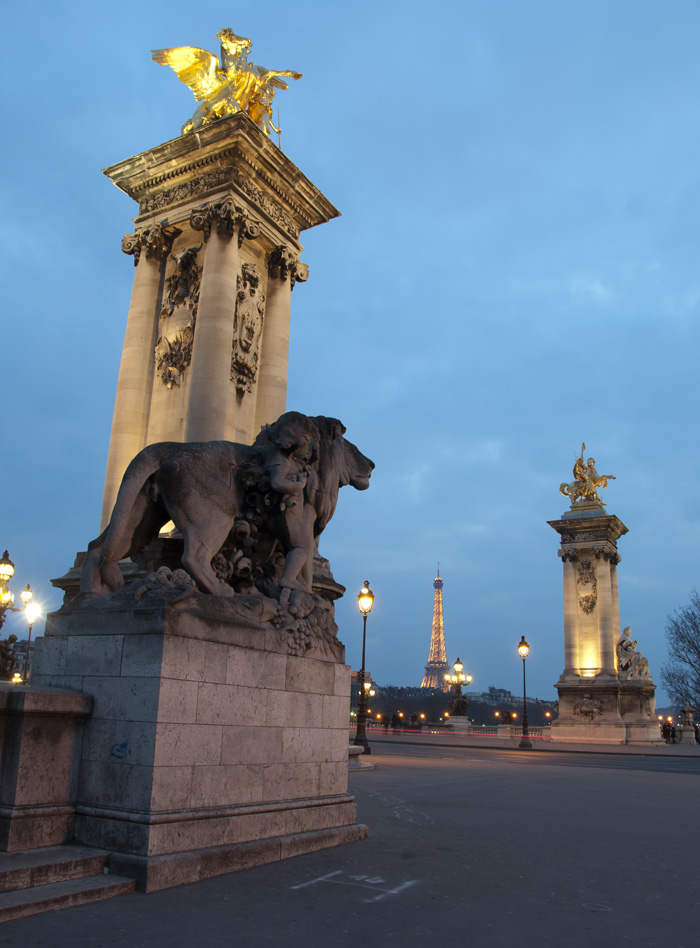
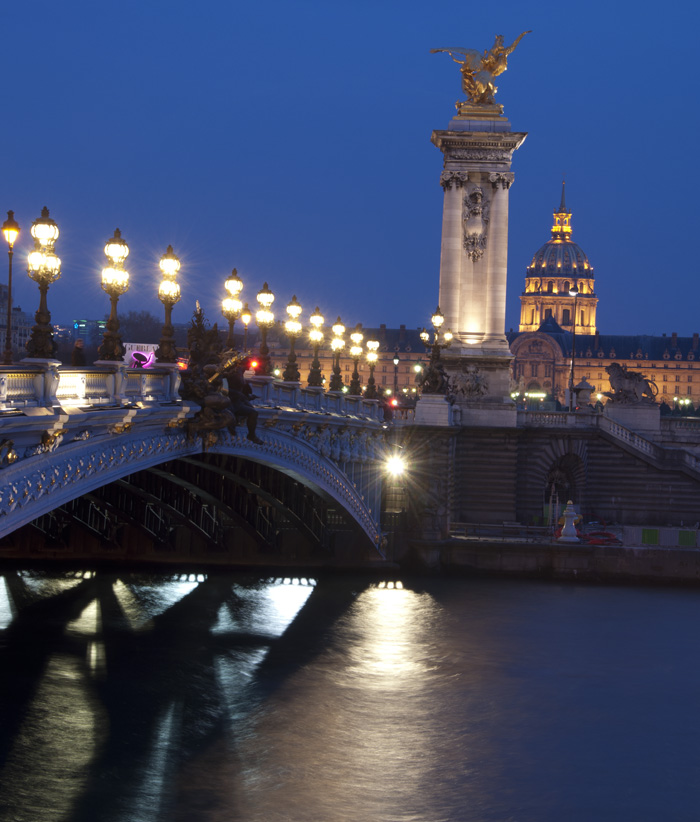
Bridge 27 – Pont des Invalides
A single span was originally planned in 1821 where Pont Alexandre III is currently located, but the suspended design required two large towers that obscured the view of Invalides. It was therefore moved downriver but the crumbling structure was demolished in preparation for the 1855 World Fair. The replacement bridge suffered some damage during the late 19th century but has required little maintenance since. The artwork signifies military victory on land (upriver) and at sea (downriver).
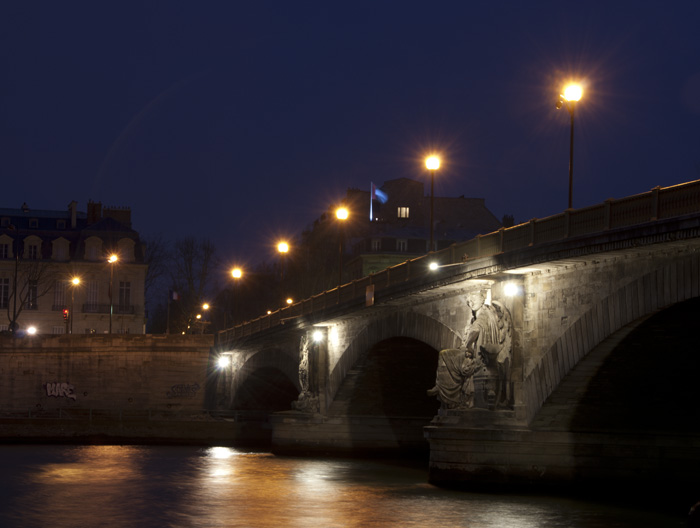
Bridge 28 – Pont de l’Alma
Completed in 1856, Pont de l’Alma (commemorating the first victory of the Crimean War a couple years prior) became more than just a bridge to Parisians. A famous statue (of a member of the French infantry) on the bridge became a gauge for water levels: when water reached his feet, the riverside walkway should be closed, whereas the river is deemed unnavigable when the water reaches his thighs. Amazingly, water reached his shoulders during the Great Flood of 1910, which caused over a billion dollars in damage.
This statue was retained when the bridge was rebuilt from scratch in 1974.
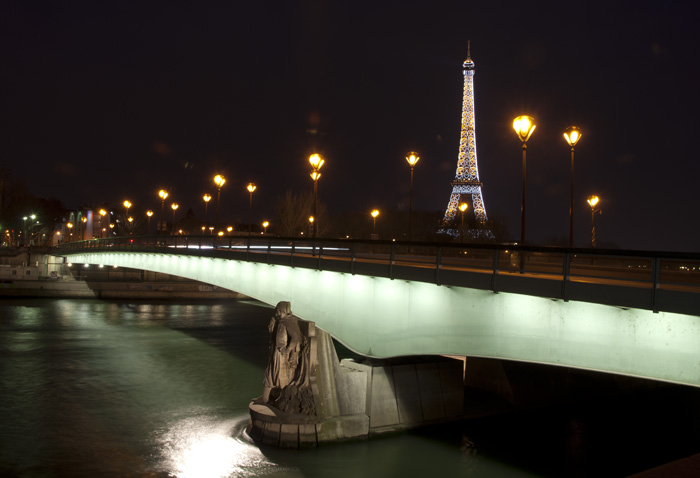
Bridge 29 – Passerelle Debilly
A passenger bridge that was moved to its current position after it was built for the 1900 World’s Fair. It is named after Jean Louis Debilly, an army general and recipient of the Commanders Cross of the Legion of Honor who died in battle in 1806. It is in the shadow of the Eiffel Tower.
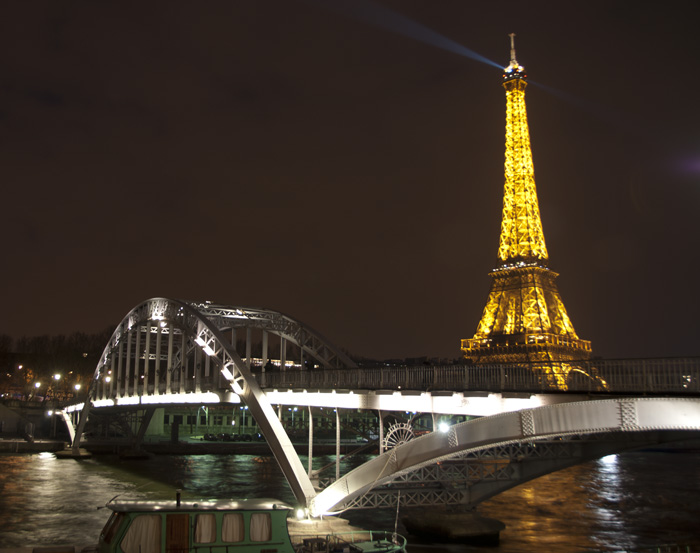
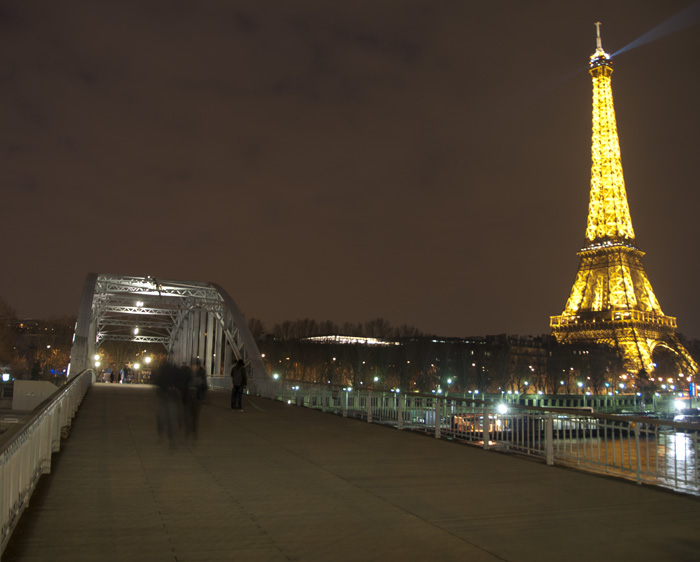
Bridge 30 – Pont d’Iéna
The Eiffel Tower looms over Pont d’Iéna, but the bridge predates it by eighty years. Napoleon ordered its construction in 1807 and, unusual for the time, construction was funded entirely by the State. Napoleon’s First Republic fell in 1815, a year after the bridge was completed. Fortunately, the bridge was spared from the wrath of Prussian General Blücher who wanted to blow it up; the famous battle after which the bridge was named was where 28,000 Prussians lost their lives—10 times the French casualties.
The bridge was widened in 1937.

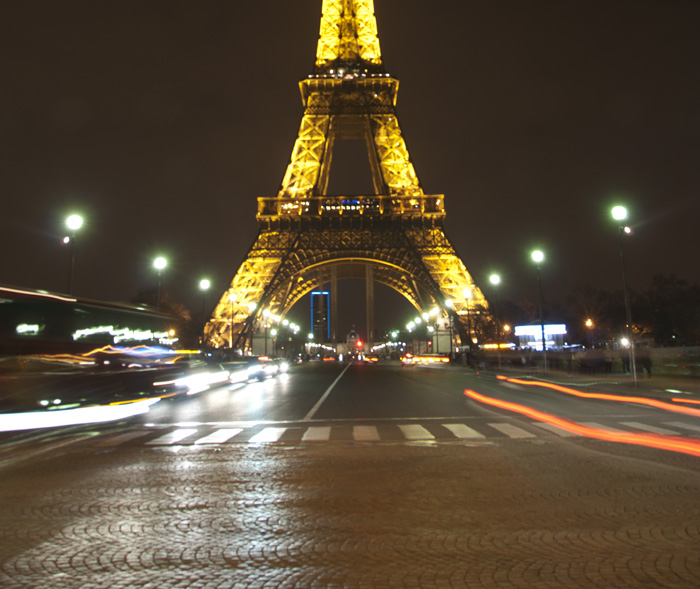
Bridge 31 – Pont de Bir-Hakeim
Made of steel, Pont de Bir-Hakeim was completed in 1905 to replace a structure built just twenty five years prior. It consists of two levels: one for cars and pedestrians, and another for the Line 6 metro. It was renamed in 1948 to commemorate the 1942 French victory over German forces in the Libyan desert.


Bridge 32 – Pont Rouelle
Built for the C line of the RER train, Pont Rouelle lays a nice sweeping arc across the Seine. I accessed the bridge by walking down Allée des Cygnes, a thin sliver of an island that extends under three different bridges, with Pont Rouelle in the middle. It was built in 1900, decommissioned in 1937, but then opened again (to trains) in 1988.
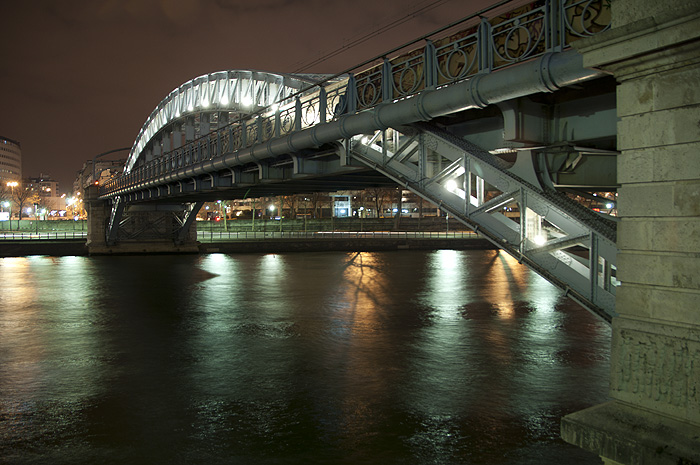
Bridge 33 – Pont de Grenelle
The current metal span was completed in 1968 but a couple other bridges have occupied this space since 1821. Pont de Grenelle is most famous for hosting a smaller replica of the Statue of Liberty, built in 1889 and the second of three found in Paris.
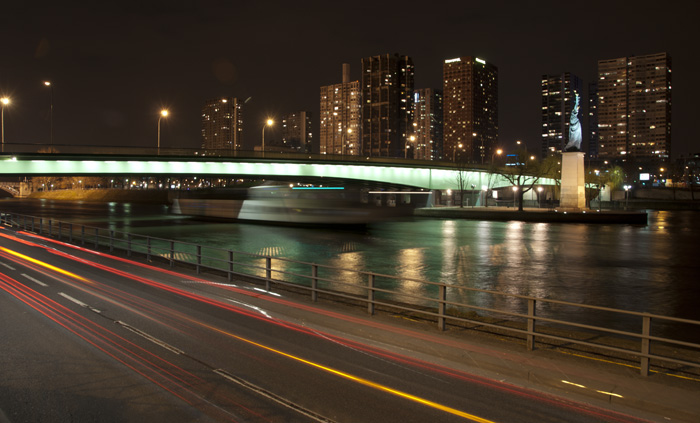
Bridge 34 – Pont Mirabeau
When completed in 1897—after four years of construction—Pont Mirabeau was the widest and tallest bridge in Paris. The two piles represent boats: one going upstream, the other downstream. Each boat contains a statue in both the bow and stern. The first image below captures “Navigation” (foreground) and “Abundance” (background). The second image shows “The City of Paris” on the Right Bank side of the bridge, downriver.
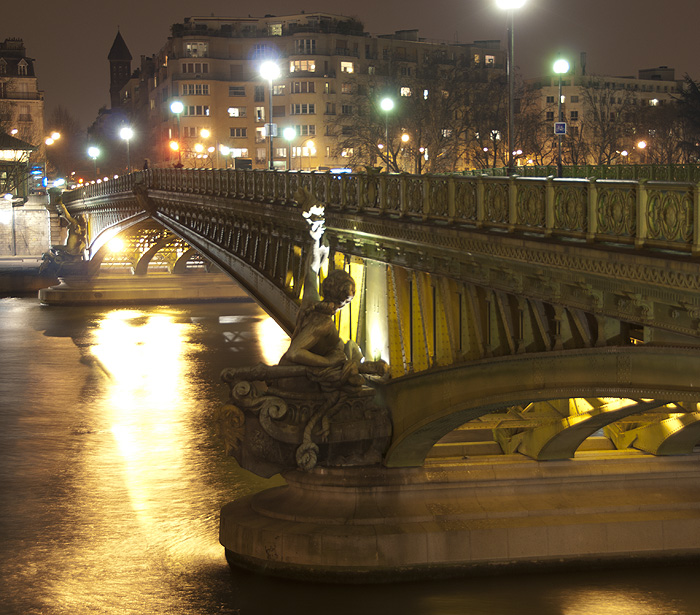
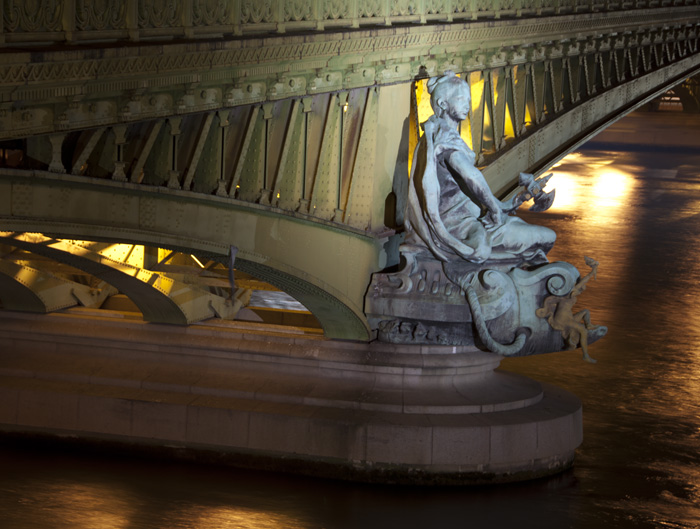
Bridge 35 -Pont du Garigliano
Named after a French victory in Italy in 1944, Pont du Garigliano was completed in 1966 and is Paris’ tallest bridge.
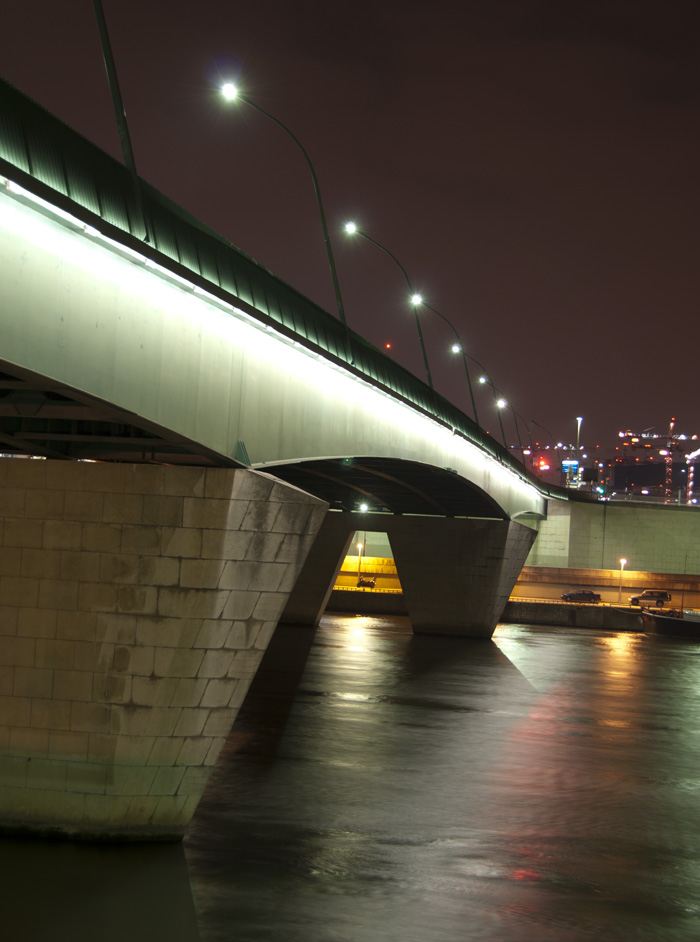
By the time I took this picture, it was 10:45pm. Several smashed out car windows were telling me it was time to go home. It’d taken me nearly six hours to walk nine miles along the Seine. On my memory card lay 557 images of 35 bridges.
Resources:
